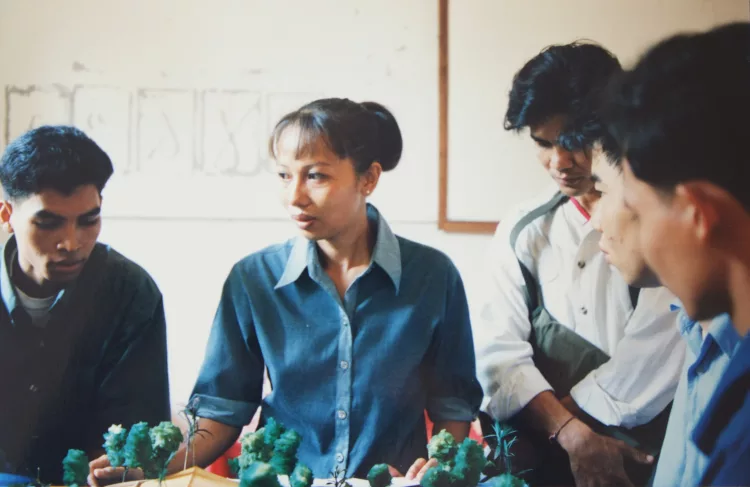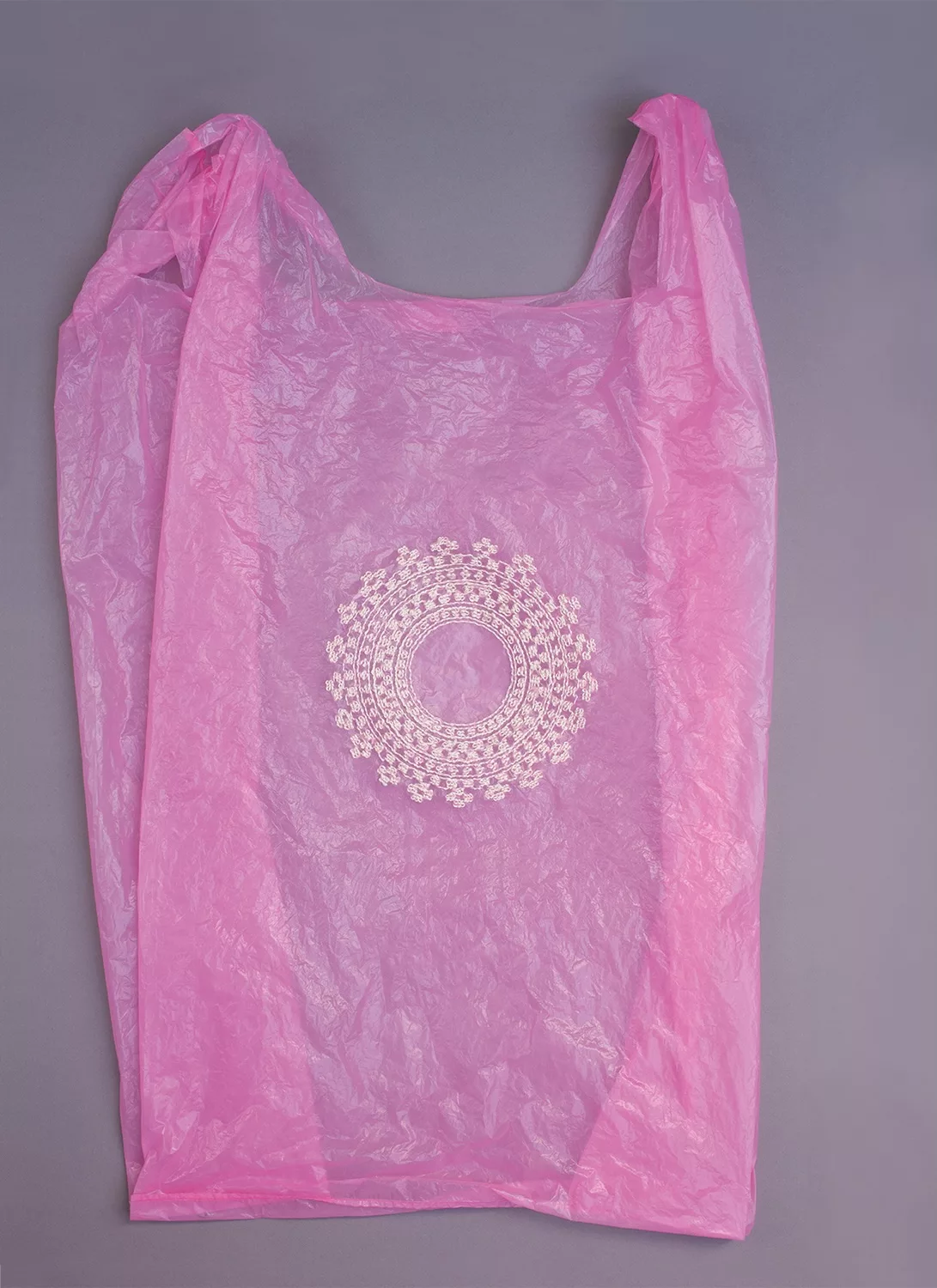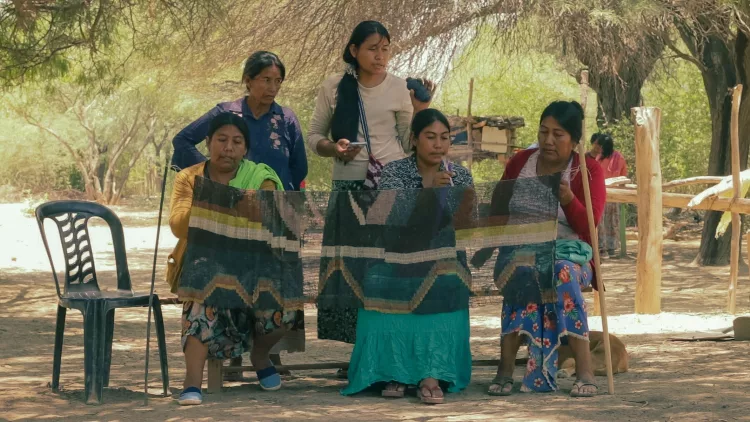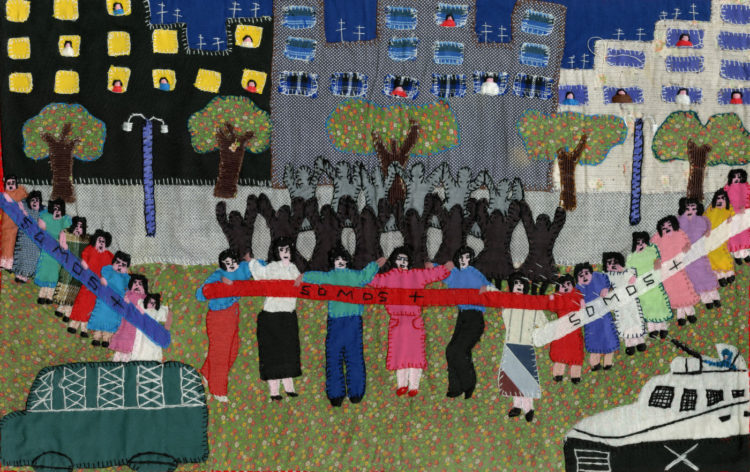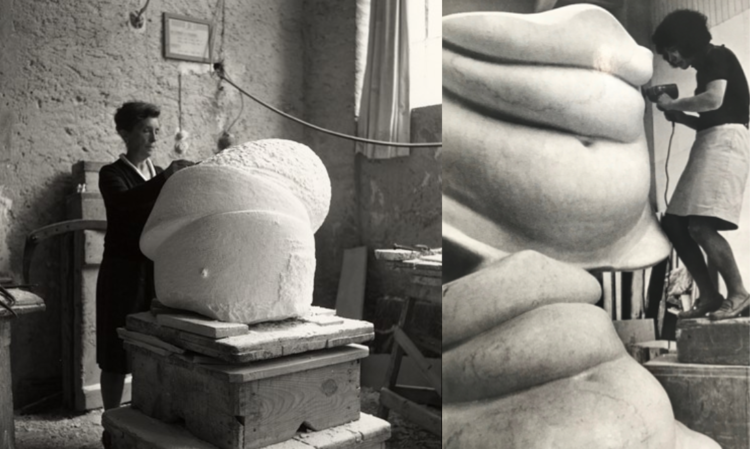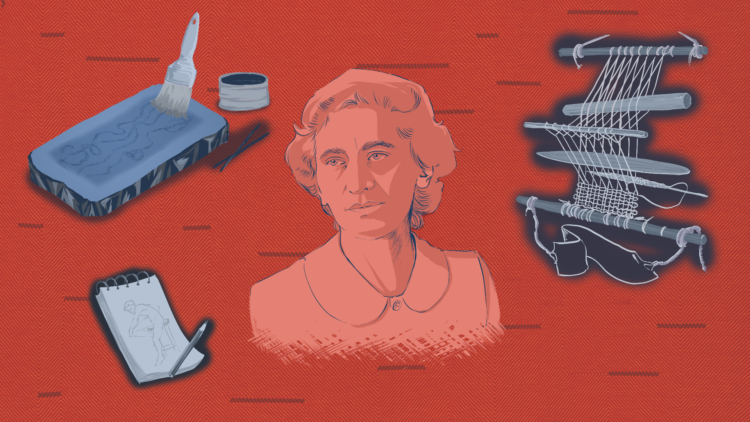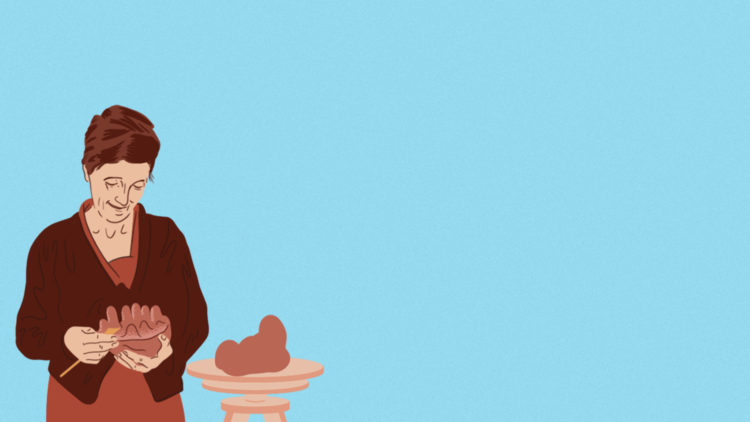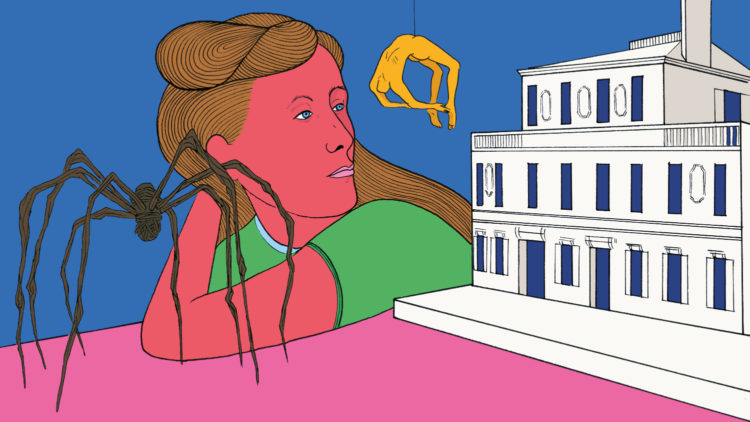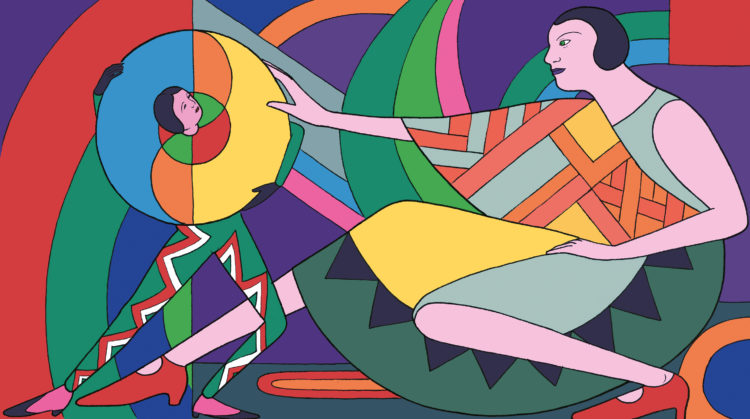Focus
In the 19th century, as the discipline of the history of art was beginning to take form, a debate arose as to the origins of this art. The act of transforming plant or animal matter into fibre and then into fabric had long been considered a fundamental moment in cultural production, but textile practices were also attributed to a feminine, domestic sphere, and thus excluded from the theorisation of art. Certain high-quality textiles – created by men – were recognised as having influenced artistic development, but on the whole, textile work was left out of the modern canon. This reflects the discourse surrounding art’s supposed autonomy and the applied arts as set in opposition to the fine arts, underlining the subordinance of ‘tactile’ textile art to the optical art of painting.
From the first stirrings of the avant-garde to the turn of the 20th century, women artists were exploring the techniques and materials of textile art. Sonia Delaunay (1885–1979) designed and sewed costumes for several ballets, their patchwork motifs coming to life on the bodies they adorned. Sophie Taeuber-Arp (1889–1943) conceived embroidered and woven compositions for carpets or cushion covers, as well as beaded objects. But the idea of textiles as one of the mediums of modern art is seen as beginning with the Bauhaus, when the practice was first theorised. In the school’s weaving workshops, Gunta Stölzl (1897–1983), Otti Berger (1898–1944) and Anni Albers (1899–1994), amongst others, would combine their formal artistic research with industrial experimentation. Though their early works took a pictorial approach, weaving ‘paintings’ in wool, this would evolve into a methodology more specific to the medium, that recognised the particular quality of textiles as an interface between the haptic and optic worlds.
In the 1960s, the Fiber Art movement continued to develop an individual approach to the textile, in line with contemporary theories of aesthetics. Claire Zeisler (1903–1991), Lenore Tawney (1907–2007), Olga de Amaral (1932–) and Sheila Hicks (1934–) liberated artworks from their looms and transformed them into sculptures. It was considered a moment of emancipation, the medium breaking free from its utilitarian function and establishing itself as an object in the contemporary art world.
Within the feminist art movement of the 1970s, artists like Miriam Schapiro (1923–2015), Faith Ringgold (1930–2024) and Annette Messager (b. 1943) turned to textile practices previously considered ‘minor’ in order to explore their particular qualities, shining light on the long-neglected lives, labours and creativity of women. The opposition between art and crafts was shown to rest on social hierarchies drawn along racial and gender lines, while at the same time serving to reinforce these hierarchies, as the allegedly intuitive manual skills of women became a basis to deny them any creative faculty.
Today, numerous artists, such as Ntombephi Ntobela (b. 1966), Marie Watt (b. 1967) and Yee I-Lann (b. 1971), continue to explore the materials and techniques of textile art, drawing on the transmission of knowledge from different cultures throughout the world. They continue to question, revitalise and perhaps even further develop these practices. In this way, they contribute to an ongoing revaluation of textiles in the art world, and an examination of the supposed separation between the creation of art works and the production of ethnological objects.
1899 — Germany | 1994 — United States
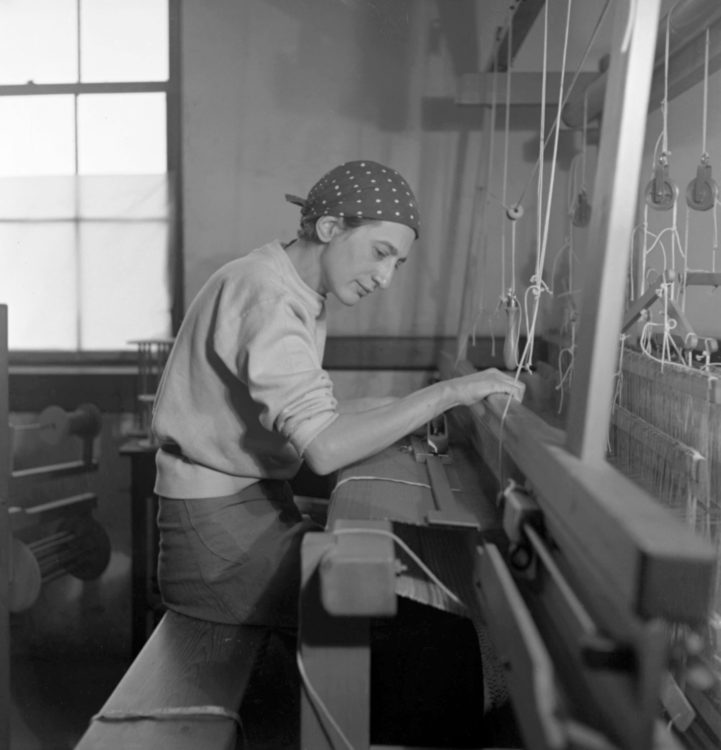
Anni Albers
1943 | France
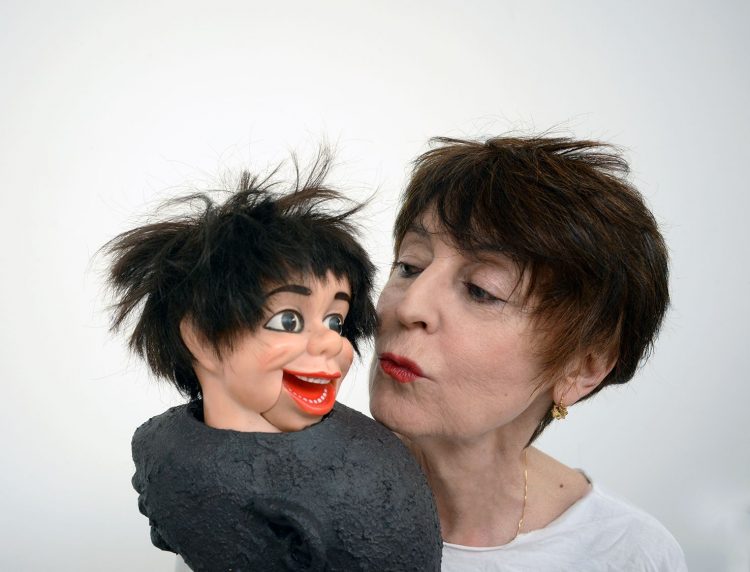
Annette Messager
1936 — Jamaica | 2017 — France
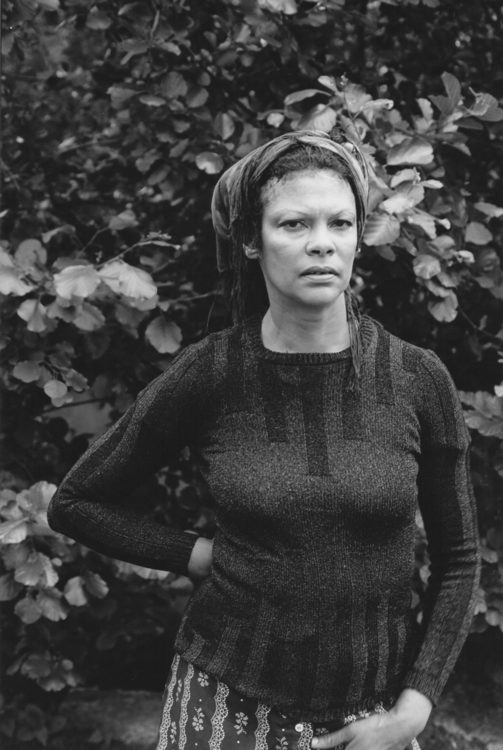
Hessie (Hessie Djuric, née Johnston, dite)
1939 | France
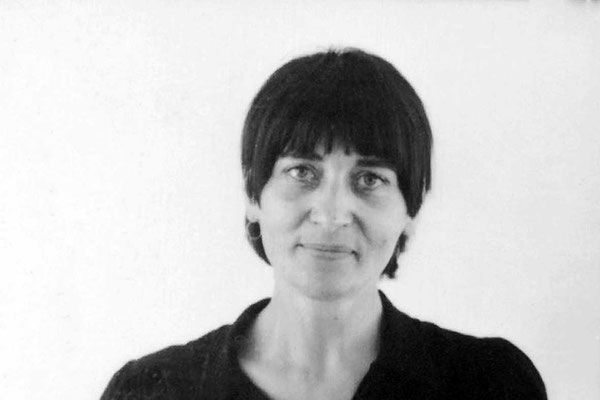
Raymonde Arcier
1934 | United States
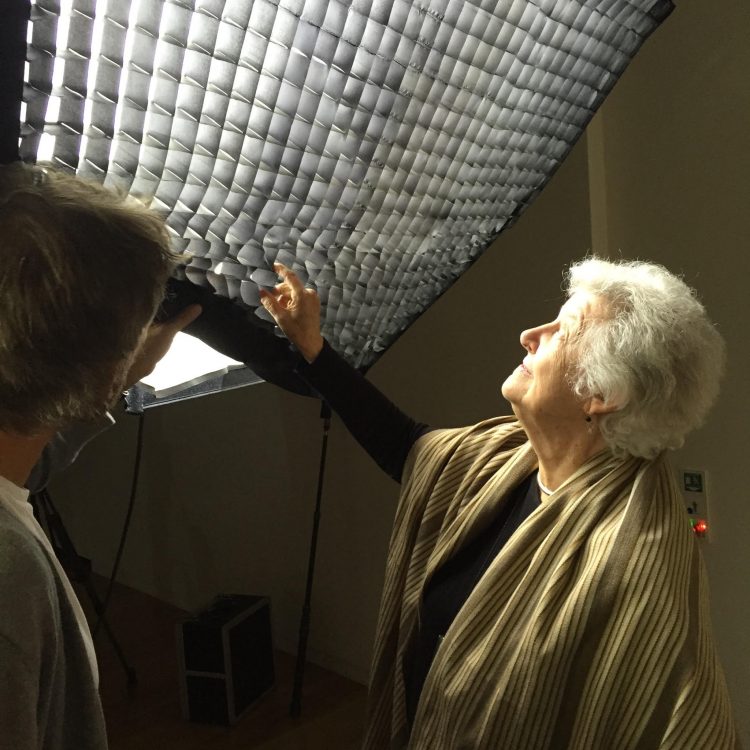
Sheila Hicks
1889 — 1943 | Switzerland
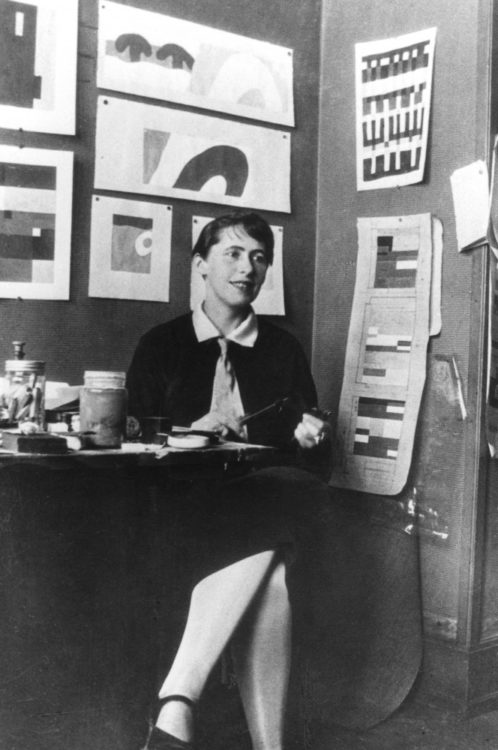
Sophie Taeuber-Arp
1911 — France | 2010 — United States
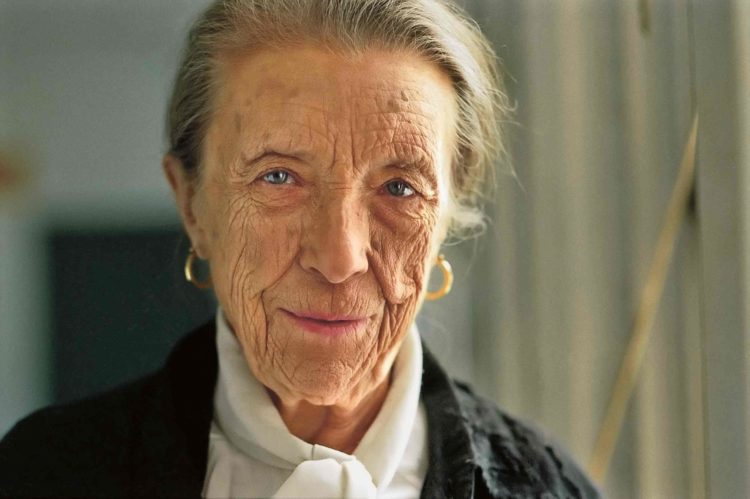
Louise Bourgeois
1963 | Egypt
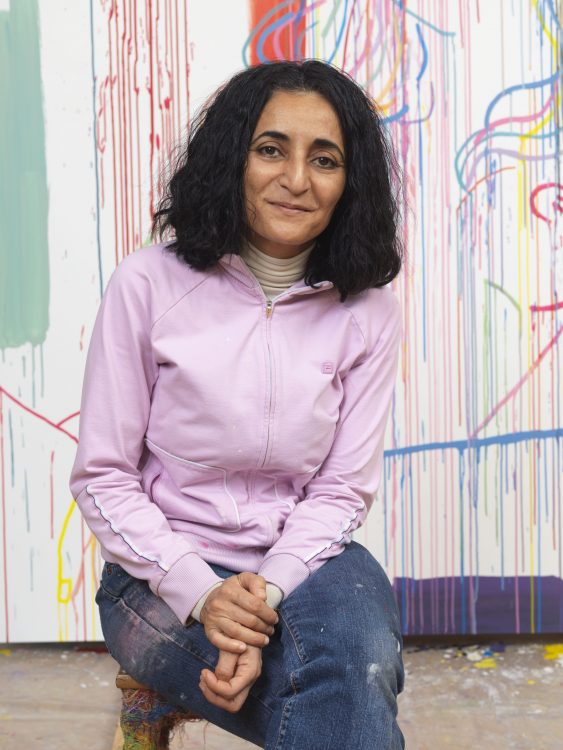
Ghada Amer
1930 — 2017 | Poland
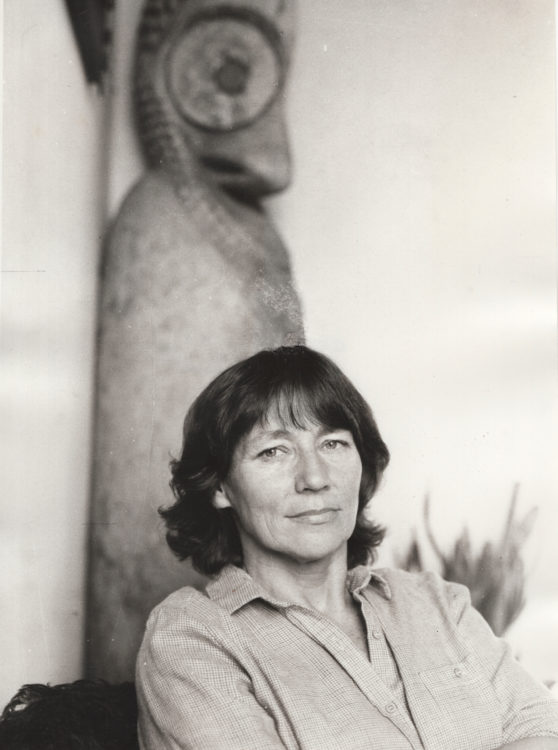
Magdalena Abakanowicz
1925 — Switzerland | 2015 — France
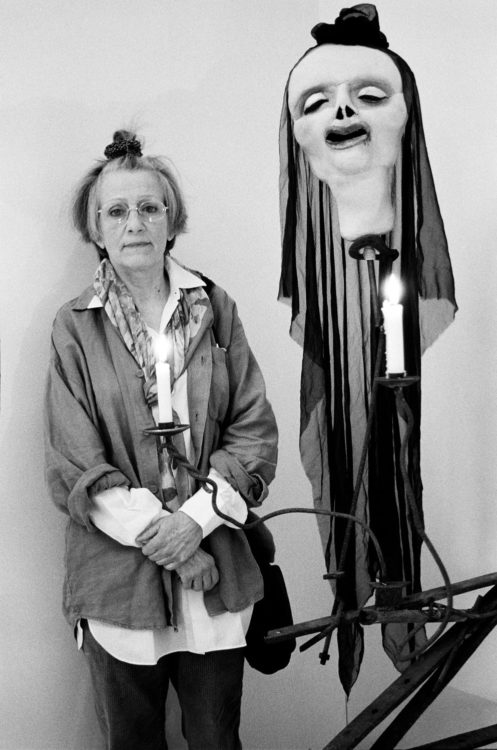
Eva Aeppli
1963 | India
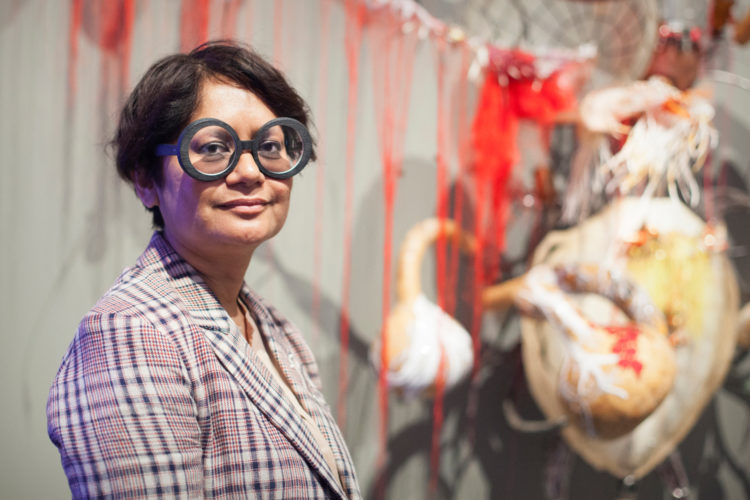
Rina Banerjee
1939 | France
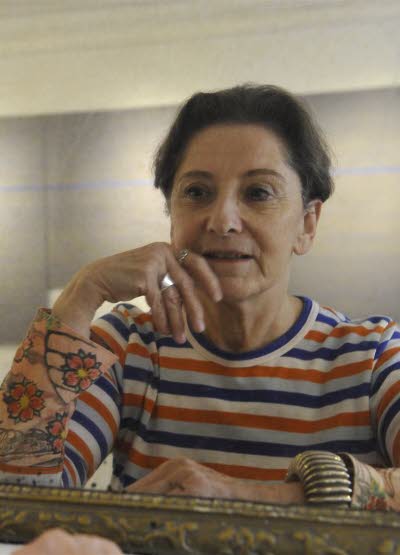
Bernadette Bour
1926 — 2018 | Romania
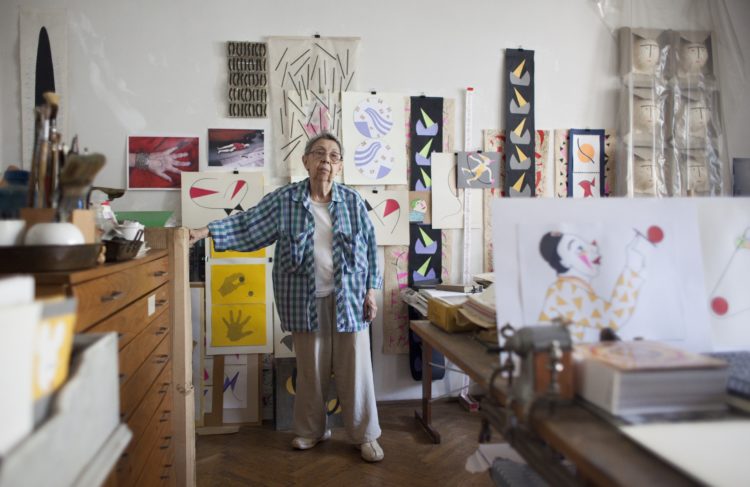
Geta Brătescu
1931 — 2019 | Lebanon
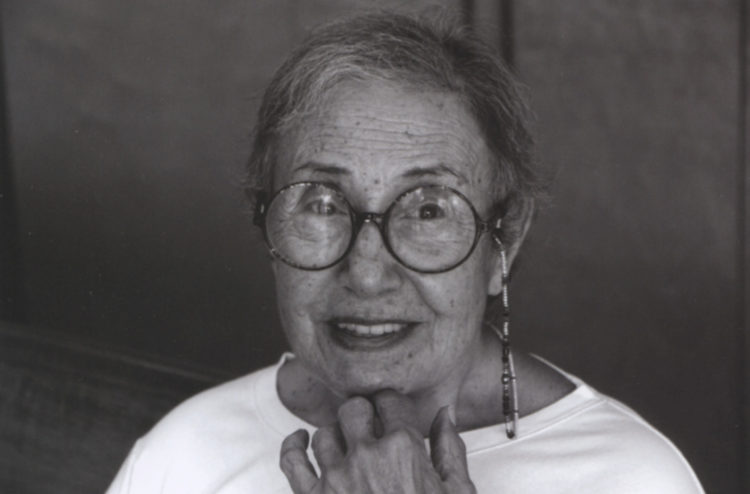
Huguette Caland
1969 | Vietnam
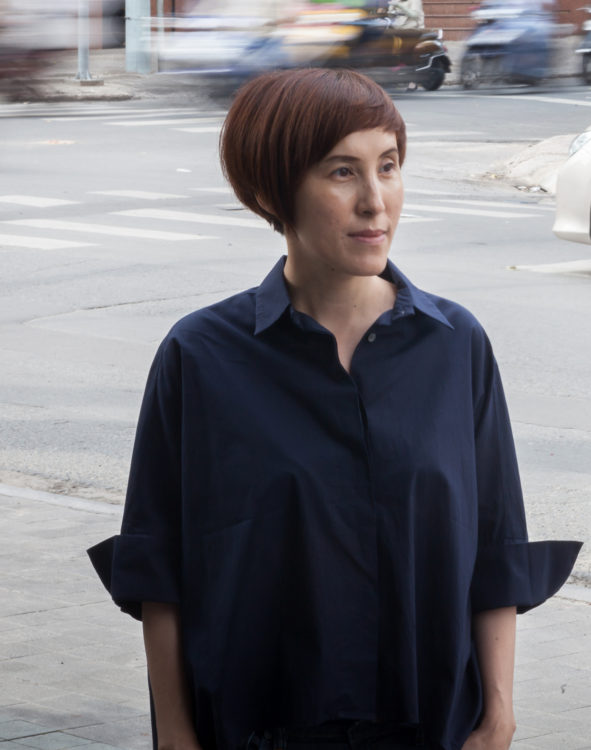
Tiffany Chung
1932 | Colombia
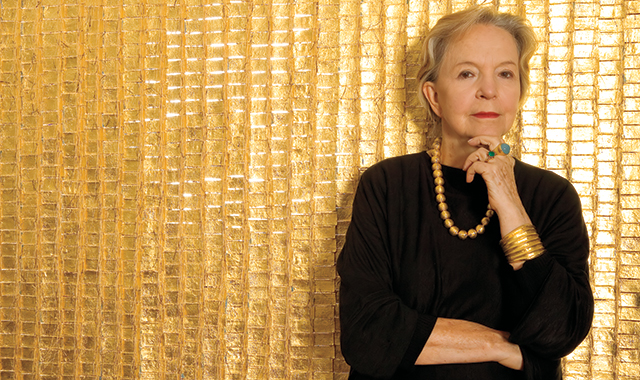
Olga de Amaral
1963 | United Kingdom

Tracey Emin
1942 | United States

Jann Haworth
1908 — Ukraine | 1958 — Poland
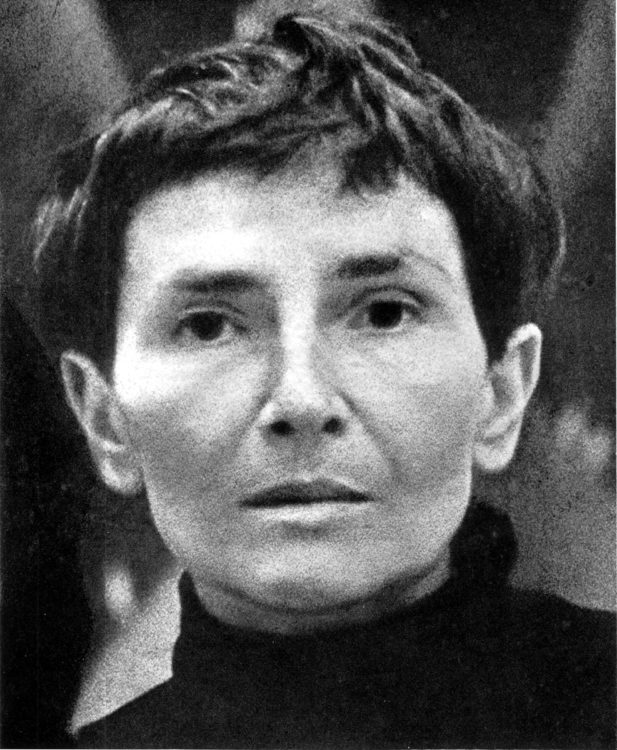
Maria Jarema
1944 | Australia
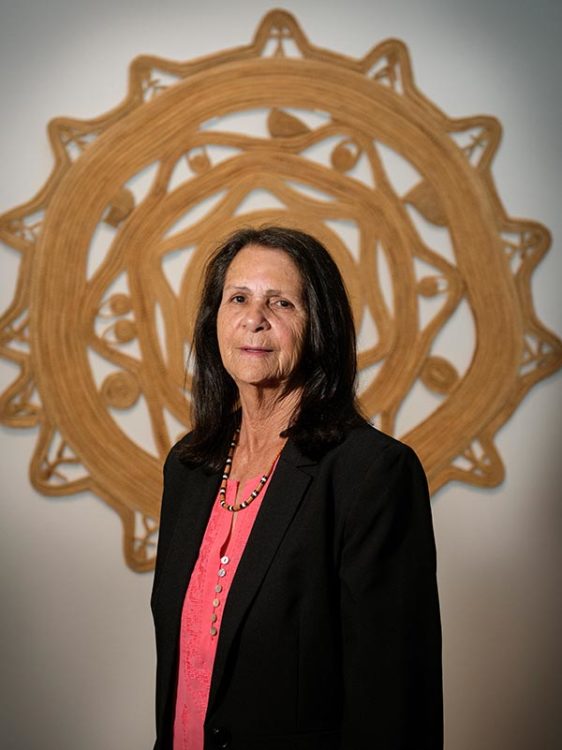
Yvonne Koolmatrie
1892 — Poland | 1966 — France
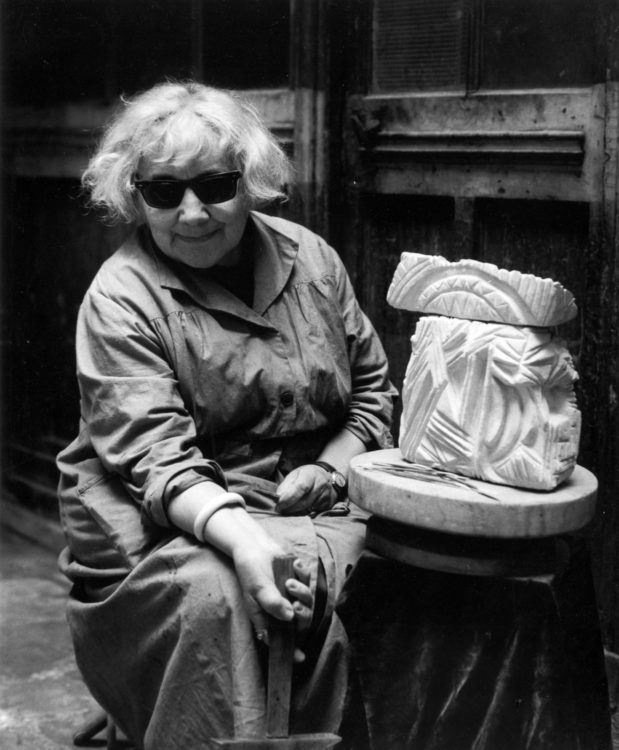
Jeanne Kosnick-Kloss
1958 | Ireland
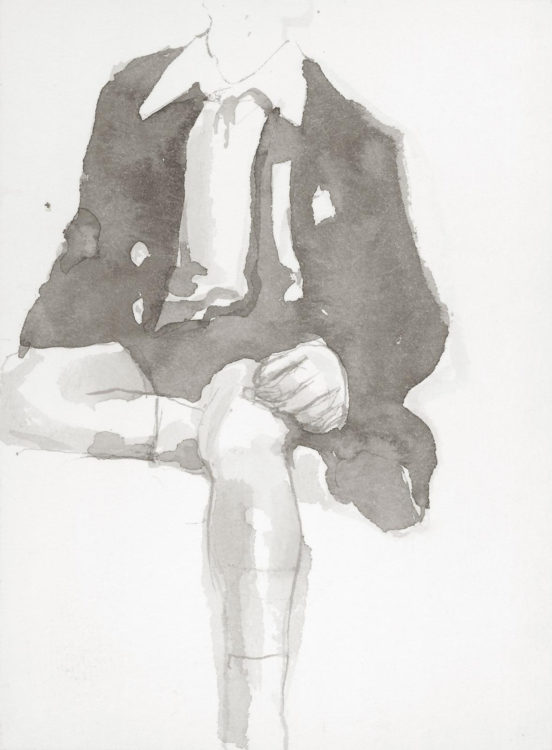
Kathy Prendergast
1929 | Japan
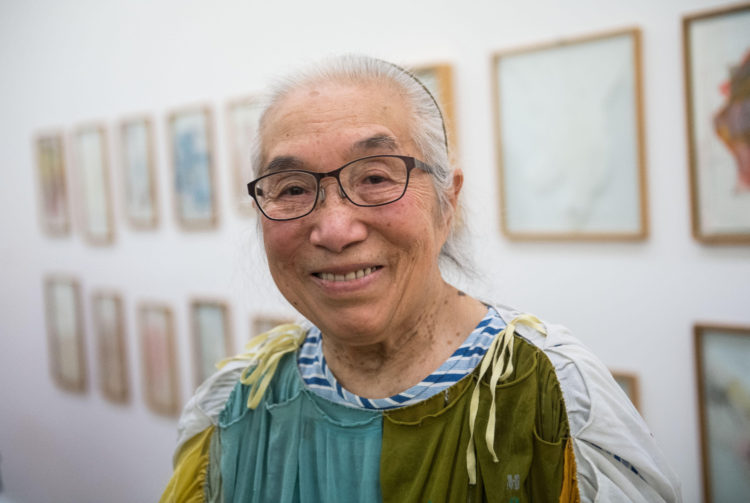
Takako Saito
1961 | China
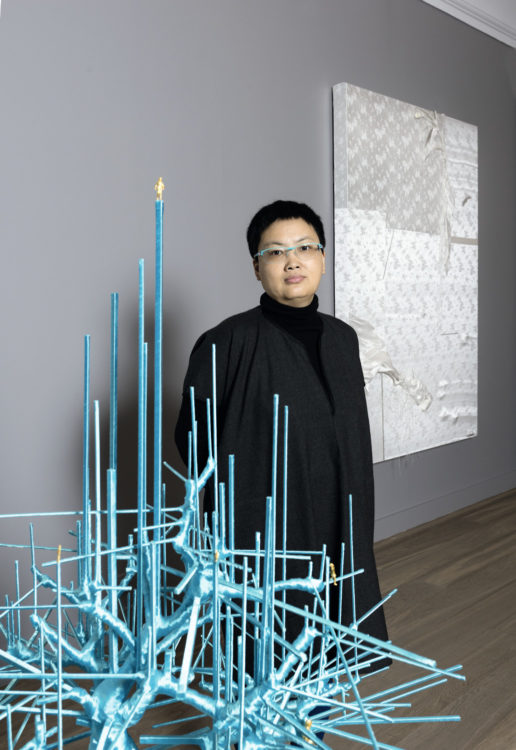
Lin Tianmiao
1942 | New Zealand
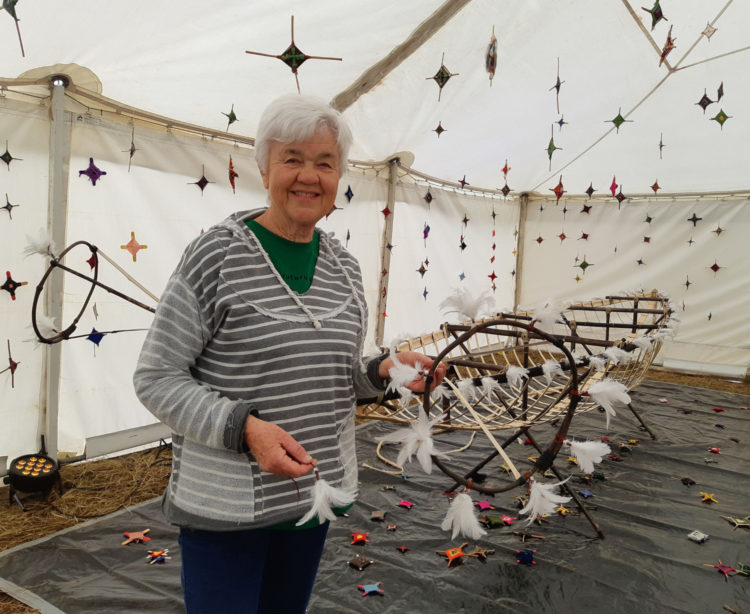
Maureen Lander
1907 — 2007 | United States
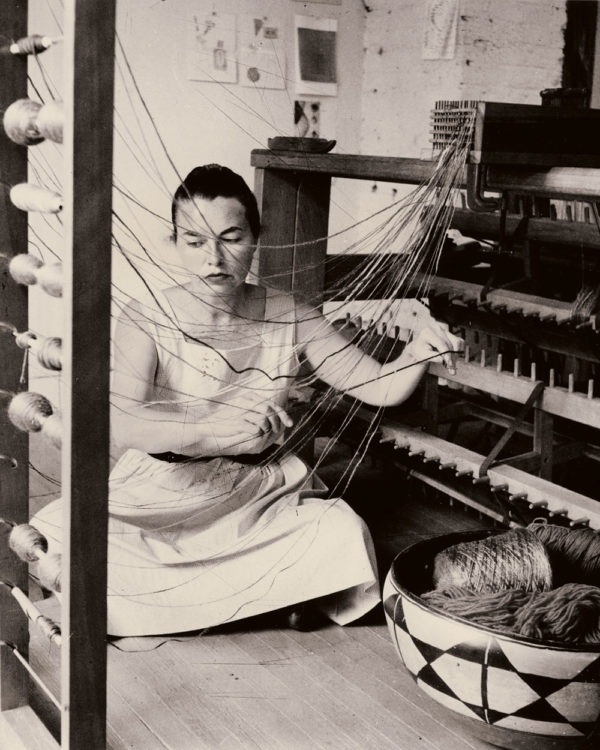
Lenore Tawney
1966 | Zambia

Agnes Buya Yombwe
1940 | Argentina
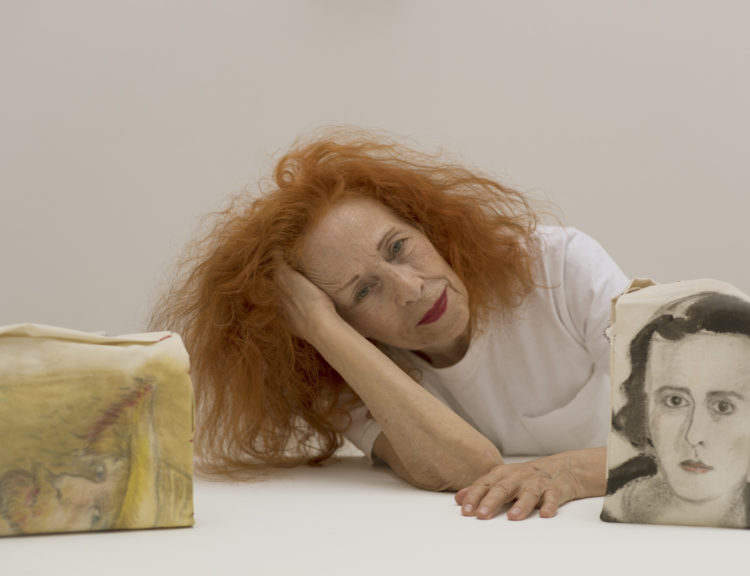
Delia Cancela
1971 | New Zealand
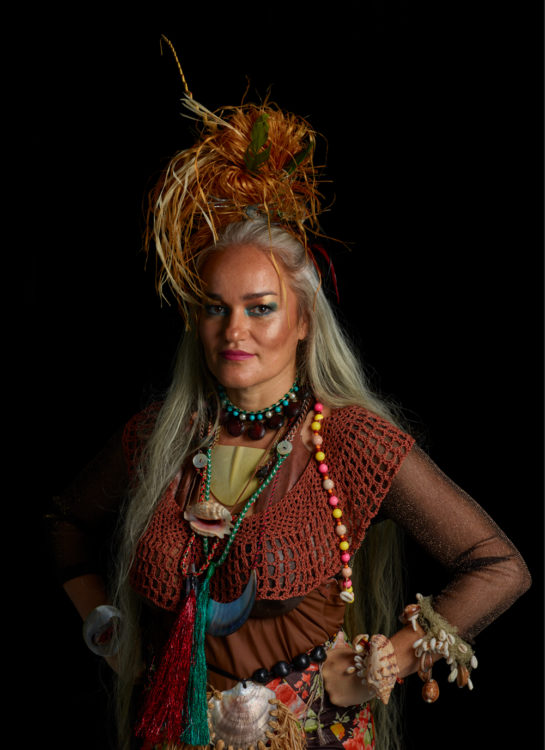
Ani O’Neill
1897 — Germany | 1983 — Switzerland
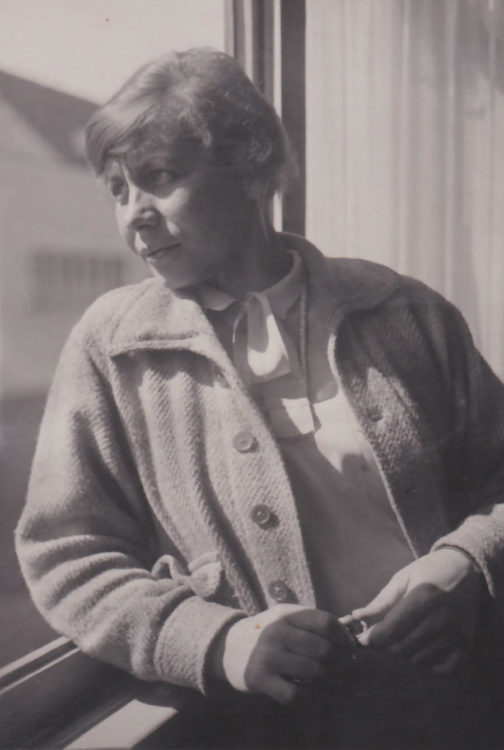
Gunta Stölzl
1892 — 1976 | Germany

Benita Koch-Otte
1894 — Sweden | 1970 — Norway
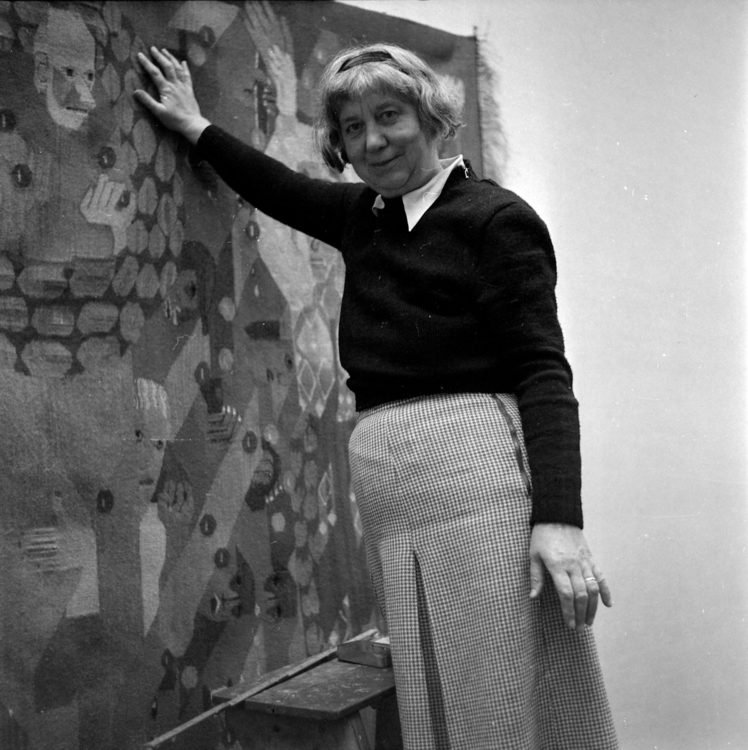
Hannah Ryggen
1903 — Poland | 2000 — Germany
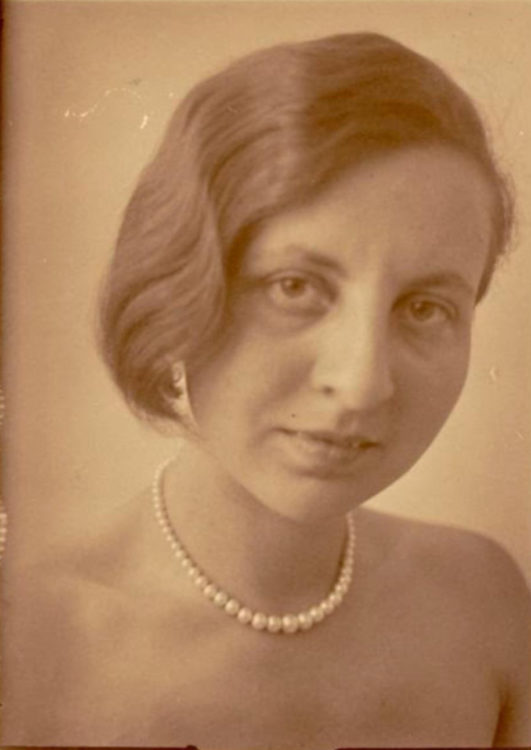
Gertrud Arndt
1930 — Croatia (before Yugoslavia) | 2022 — Italy
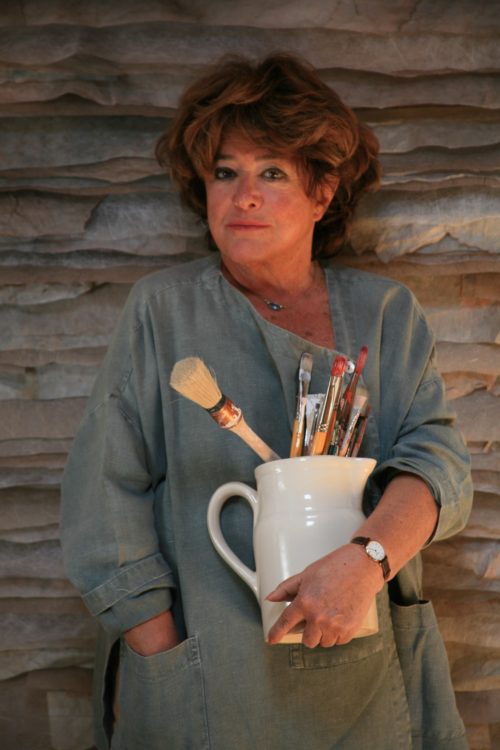
Jagoda Buić
1926 — 2011 | Spain
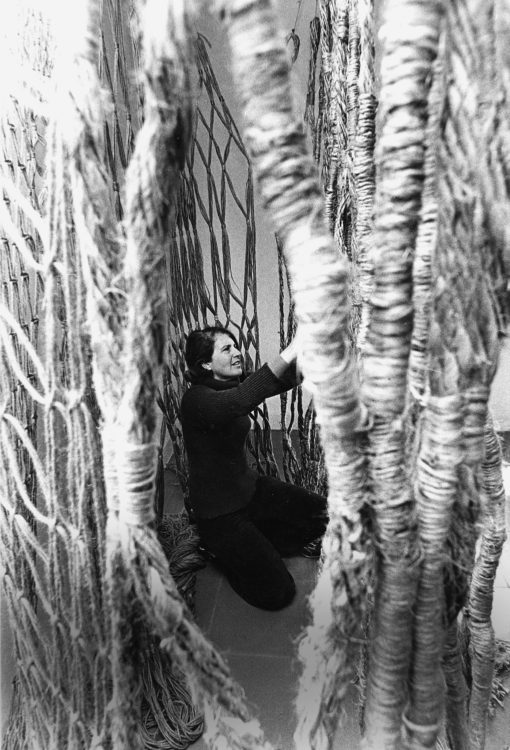
Aurèlia Muñoz
1944 | United States
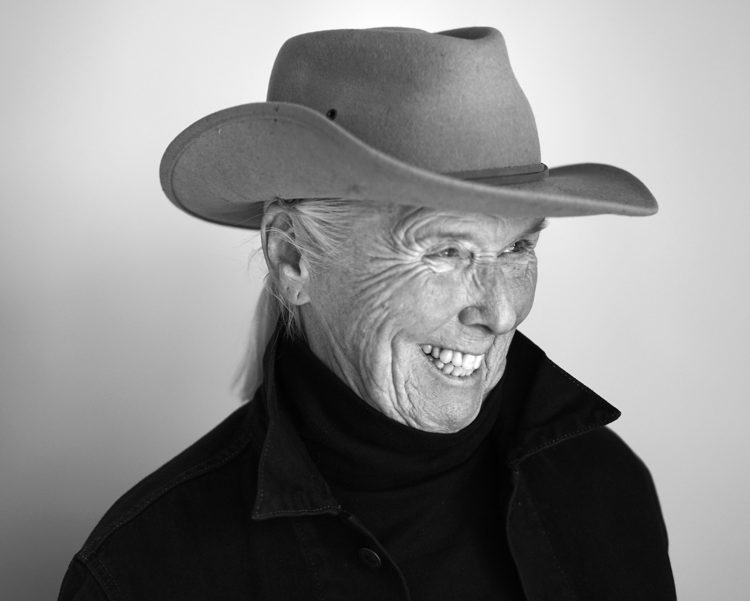
Harmony Hammond
1889 — Iceland | 1966 — Denmark

Júlíana Sveinsdóttir
1964 | China
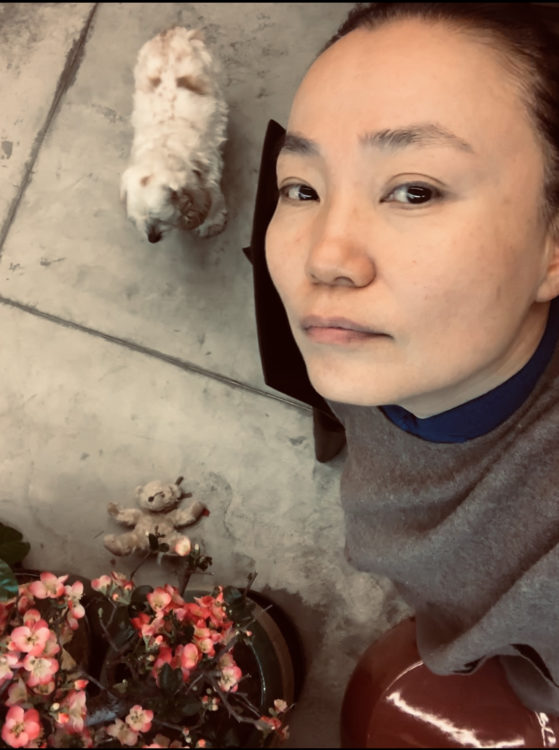
Qing Lu
1834 — 1910 | United States
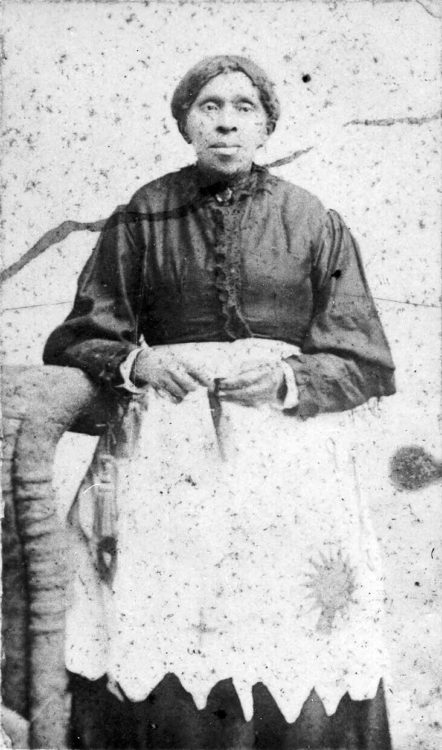
Harriet Powers
1970 | Brazil
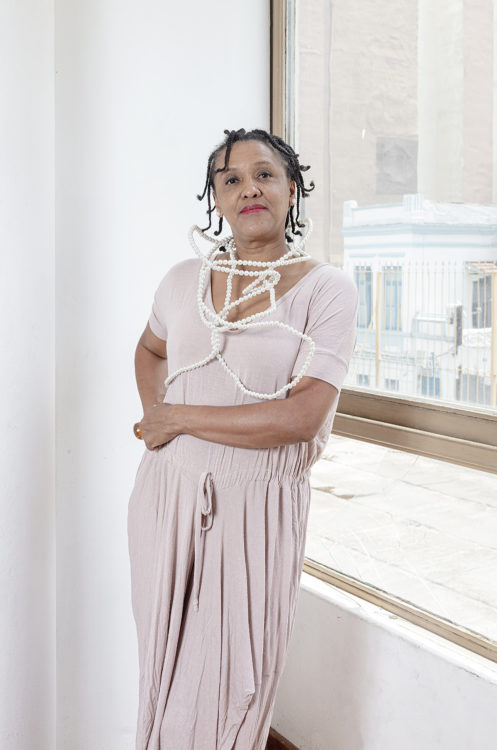
Lídia Lisboa
1964 | Argentina
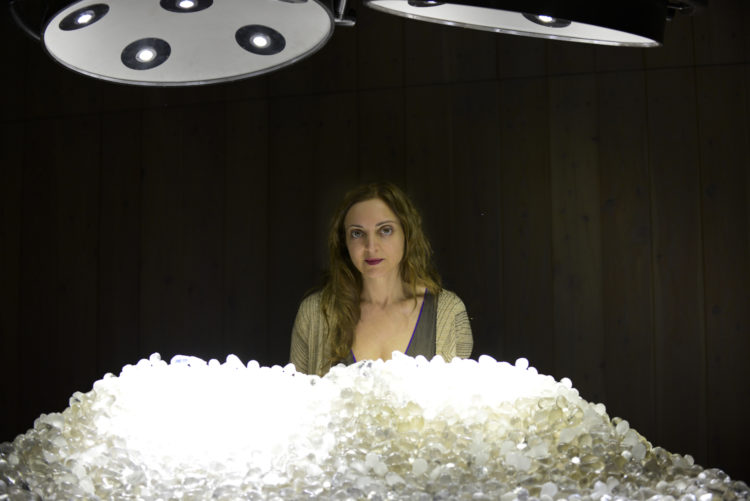
Nicola Costantino
1908 — 2000 | Turkey
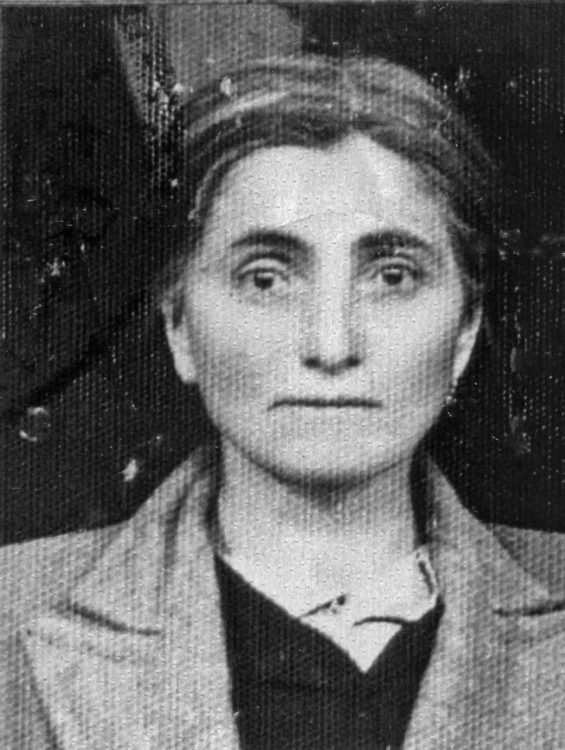
Hripsimeh Sarkissian
1960 | Argentina
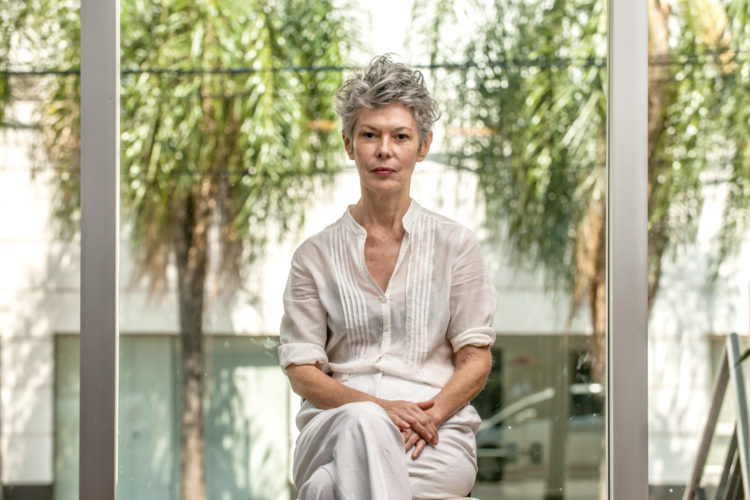
Mónica Millán
1897 — 1978 | Mexico

Lola Cueto
1949 — United States | 2004 — Israel
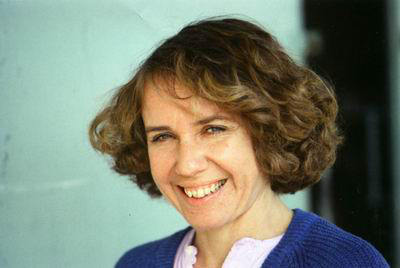
Pamela Levy
1948 | Brazil
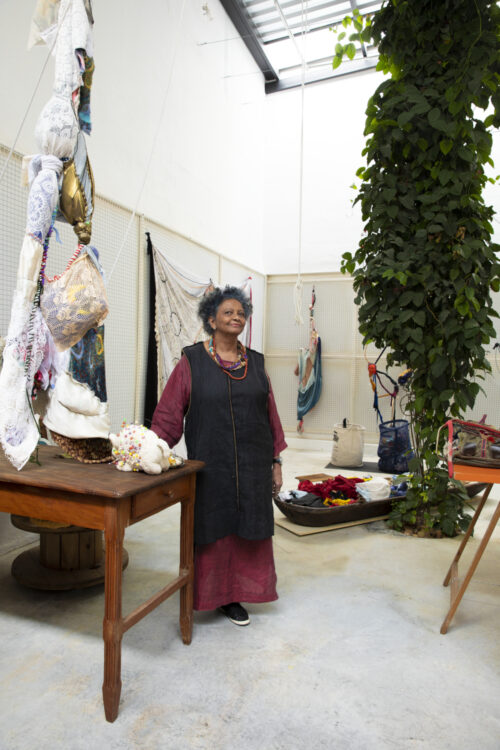
Sonia Gomes
1906 — 1985 | Canada
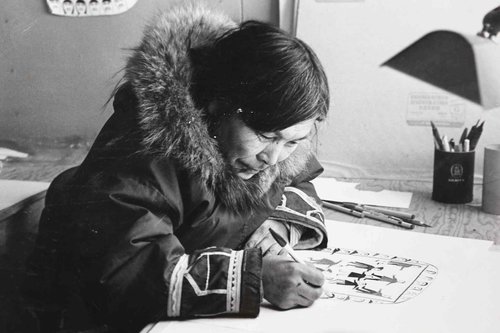
Jessie Oonark
1928 — 2017 | France

Pierrette Bloch
1958 | France
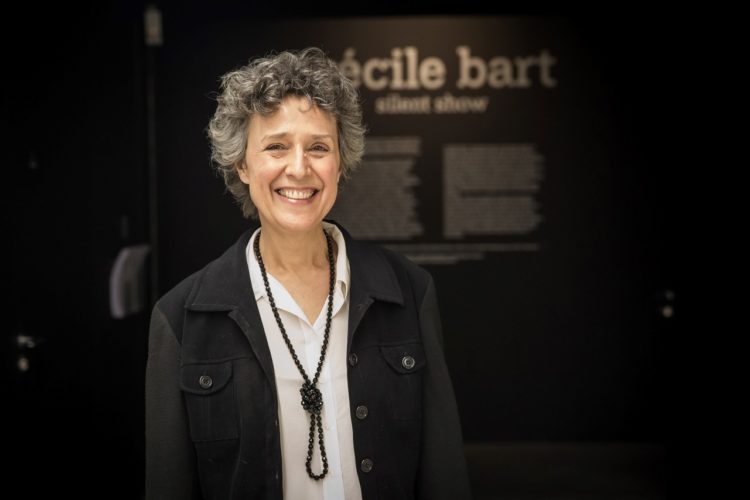
Cécile Bart
1930 — 1998 | Canada
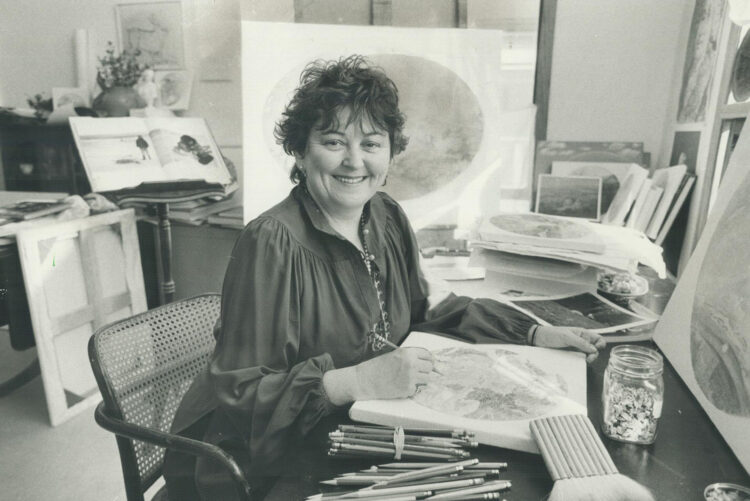
Joyce Wieland
1964 | Martinique, France
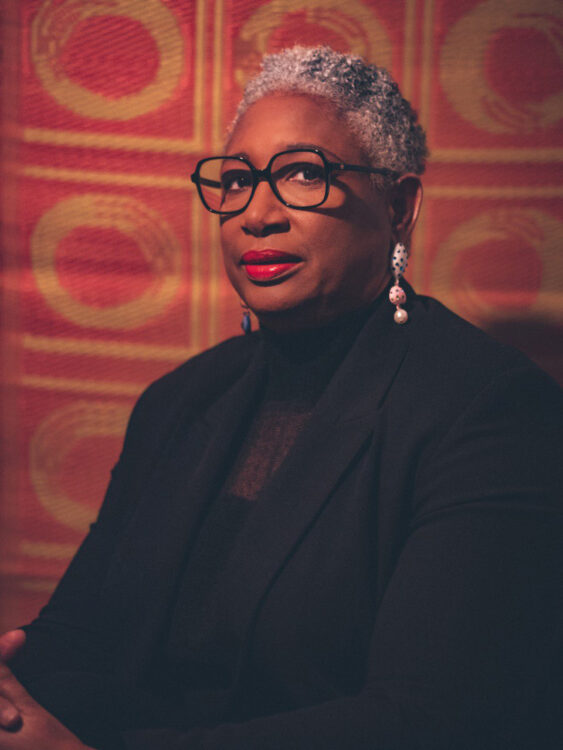
Valérie John
1968 | Haiti
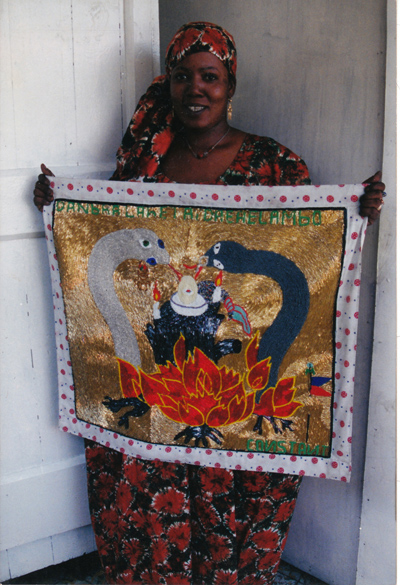
Myrlande Constant
1970 | Mexico
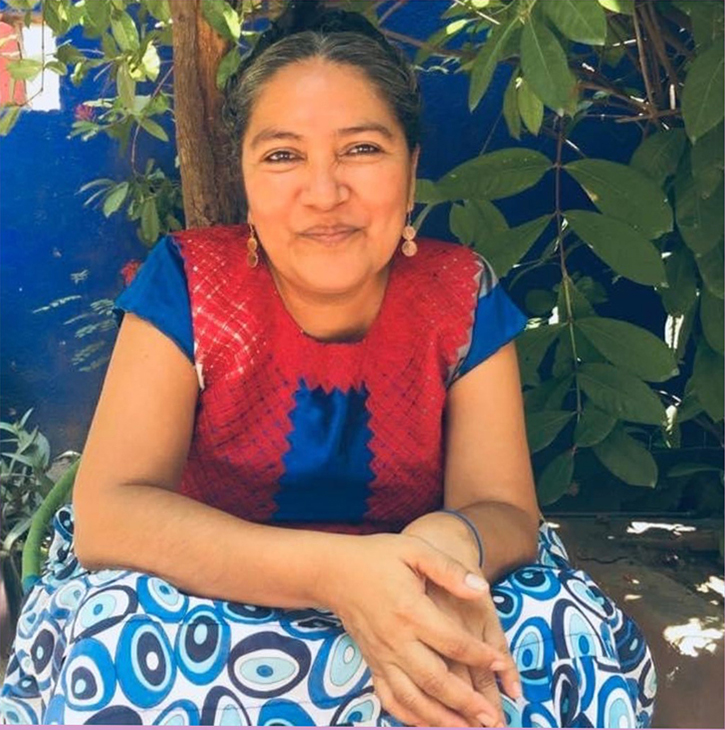
Natividad Amador
1970 | United States
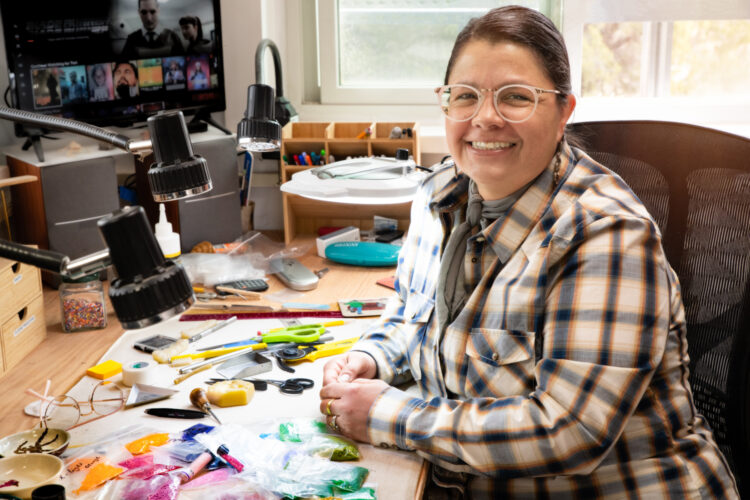
Teri Greeves
1967 | Uzbekistan
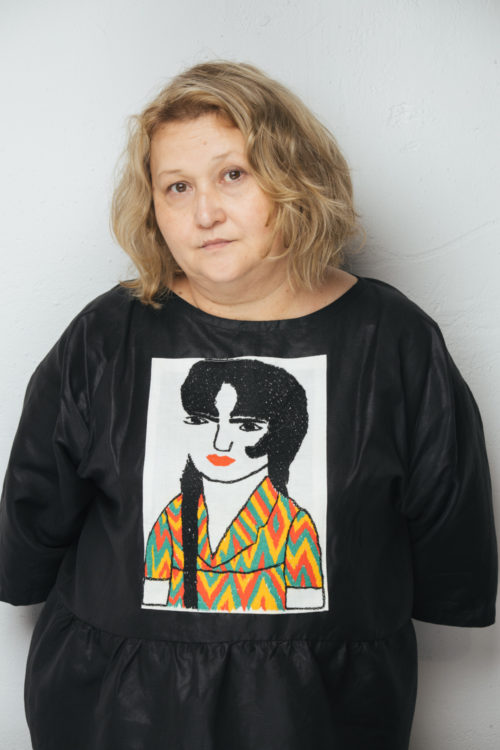
Dilyara Kaipova
1965 | Peru
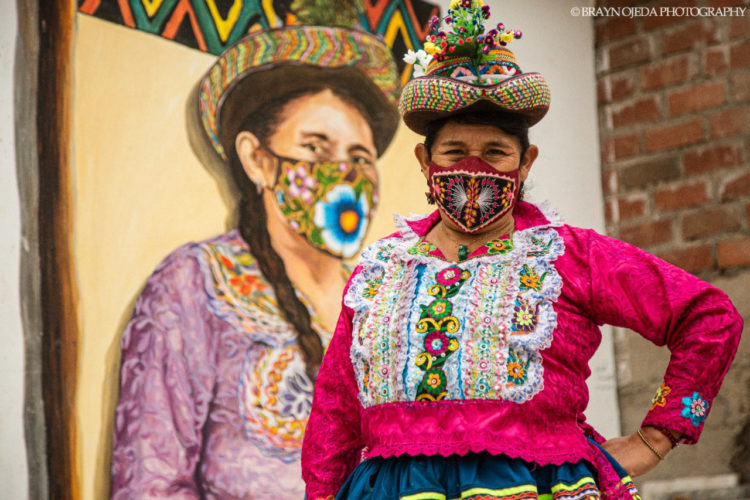
Gaudencia Aquilina Yupari Quispe
1967 | United States
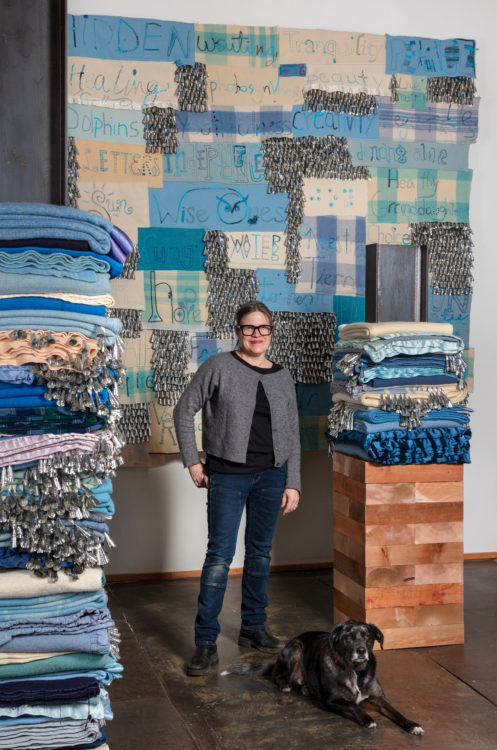
Marie Watt
1945 — 2025 | Norway
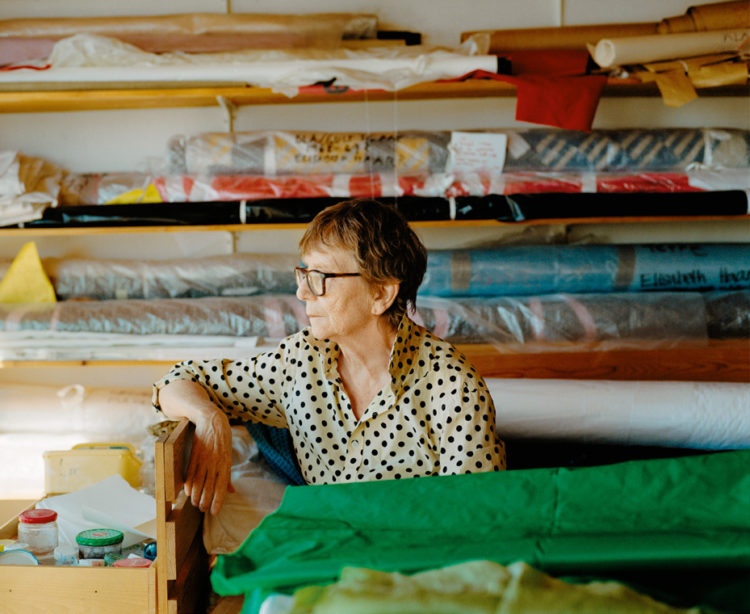
Elisabeth Astrup Haarr
1875 — 1949 | Japan
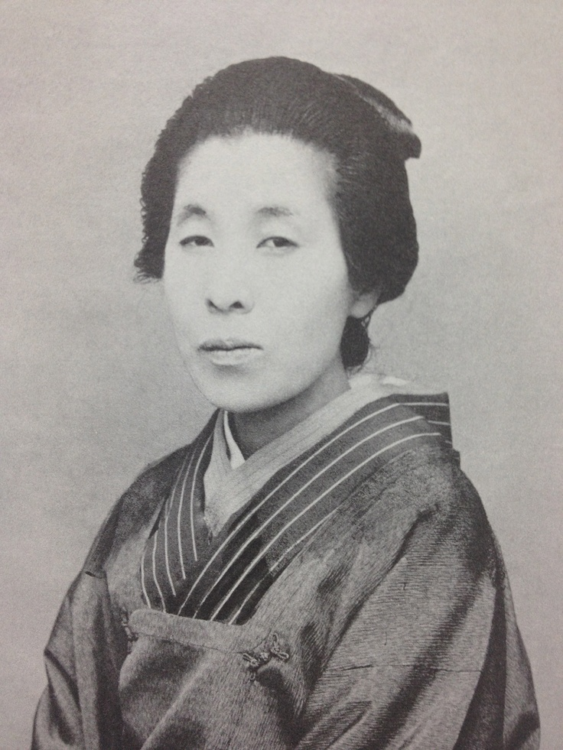
Shōen Uemura
1957 | Argentina
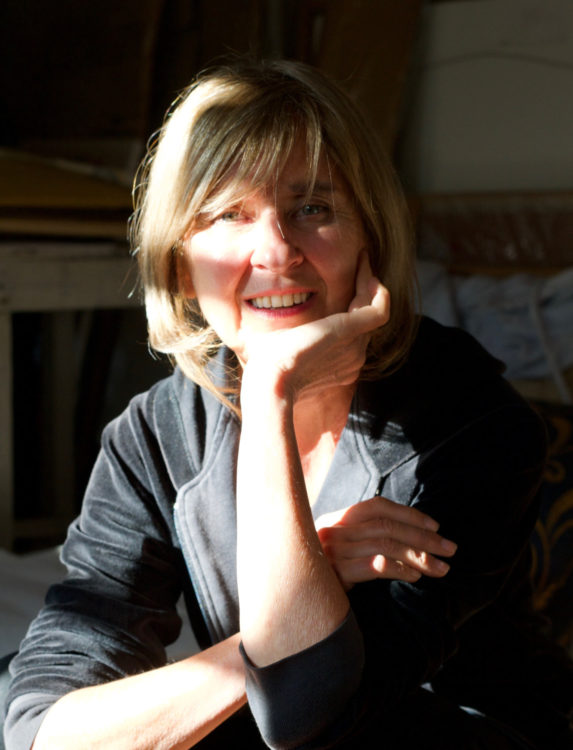
Claudia del Río
1940 | Senegal
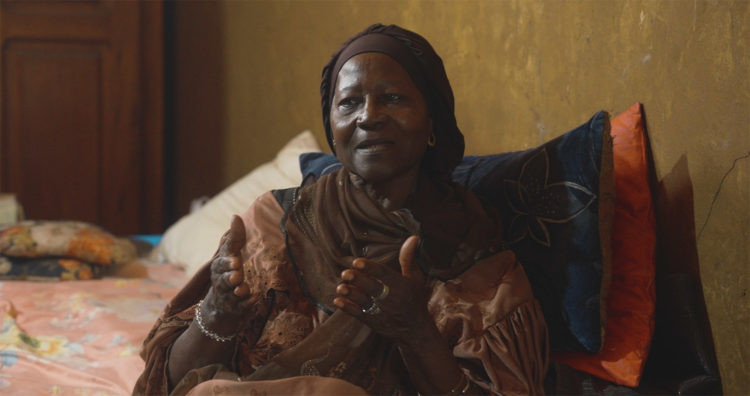
Younousse Seye
1755 — Great Britain | 1845 — United Kingdom
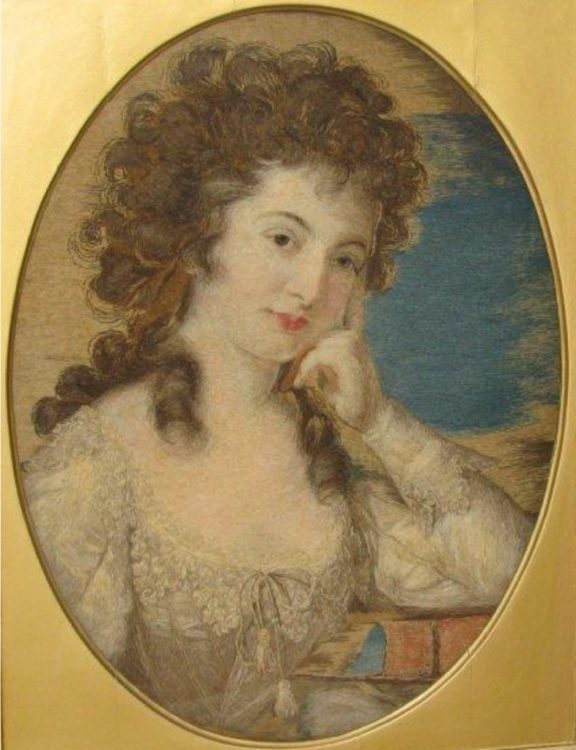
Mary Linwood
1966 | South Africa
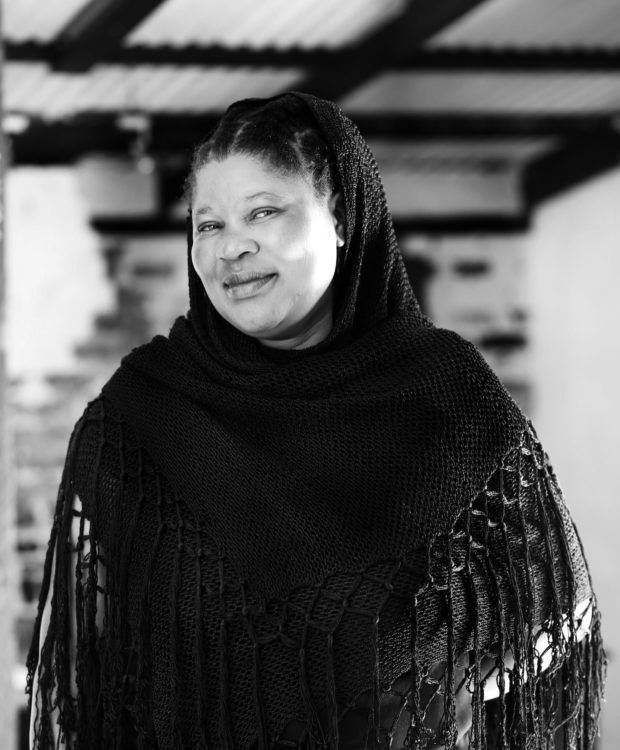
Ntombephi « Induna » Ntobela
1965 — 2024 | Turkey
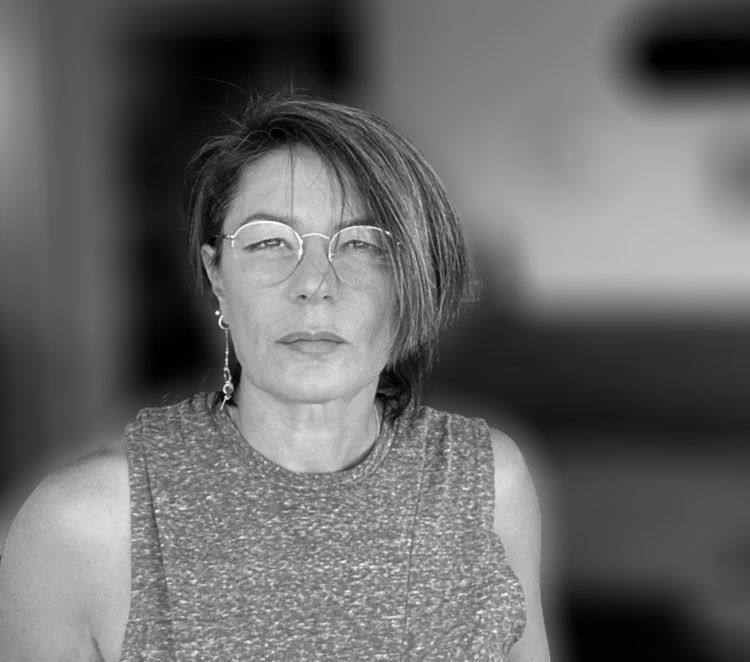
Gülçin Aksoy
1951 | Spain

Teresa Lanceta
1973 | Ukraine
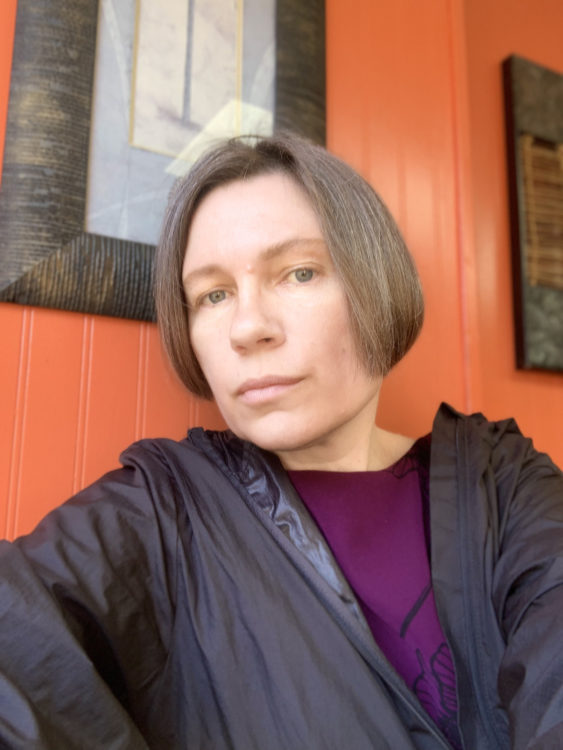
Oksana Briukhovetska
1855 — 1931 | Norway

Frida Hansen
1908 — 2000 | Norway

Synnøve Anker Aurdal
1974 | France

Karina Bisch
1932 | Kenya

Rebeka Njau
1903 — 1993 | Norvège

Else Christie Kielland
1974 | Algeria

Dalila Dalléas Bouzar
1948 | United States
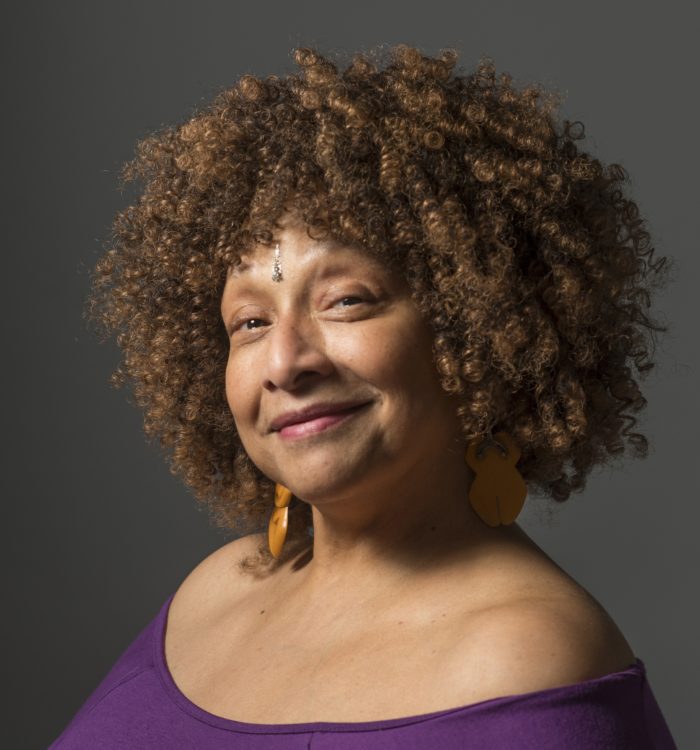
Joyce J. Scott
1961 | Palestine

Buthina Abu Milhem
1923 — Lithuania | 2019 — United States

Aleksandra Kasuba
1924 — 1966 | Japan

Saori Akutagawa (Madokoro)
1943 — 2014 | United States

Rosemary Mayer
1947 — 2023 | Malaysia

Fatimah Chik
1930 — 2023 | Indonesia

Siti Ruliyati
1965 — 1991 | Mexico

Elvira Palafox Herrán
1974 | Germany
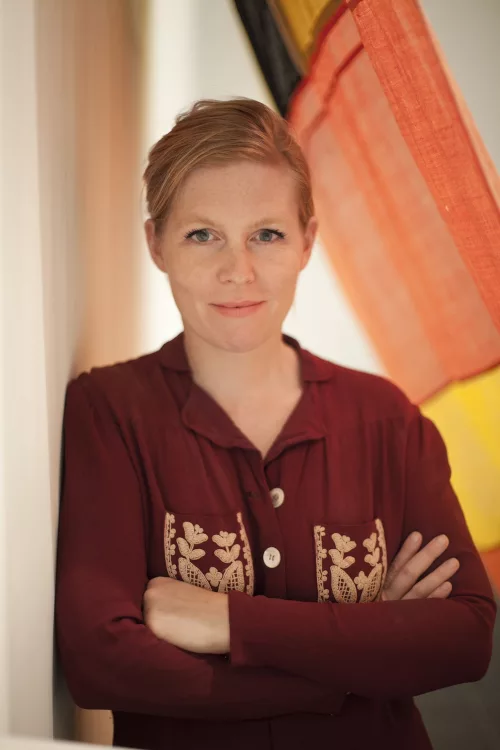
Ulla von Brandenburg
1952 | Germany
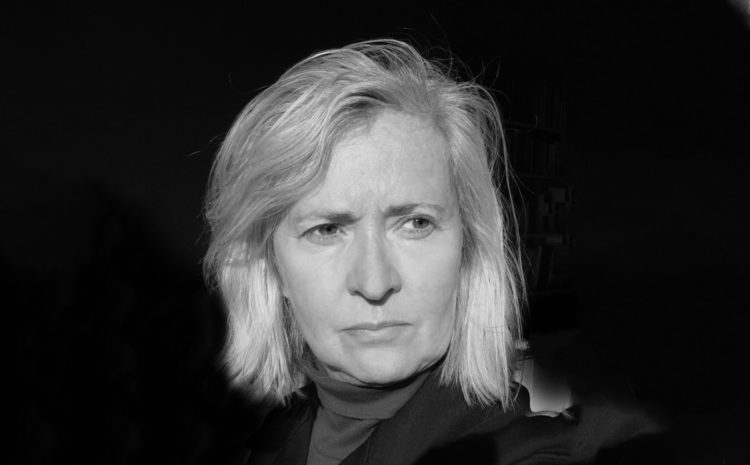
Rosemarie Trockel
1872 — 1938 | Switzerland
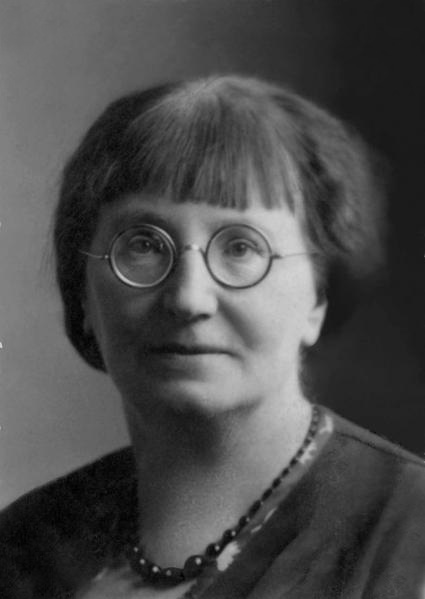
Alice Bailly
1962 | Peru
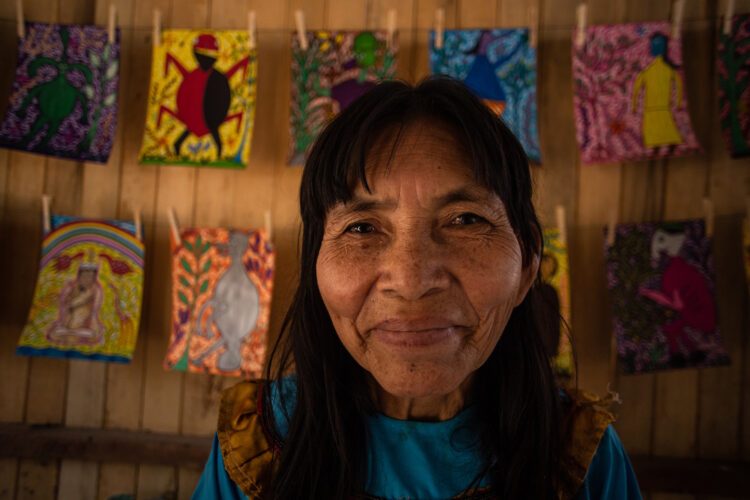
Lastenia Canayo García (Pecón Quena)
1934 — 2023 | France
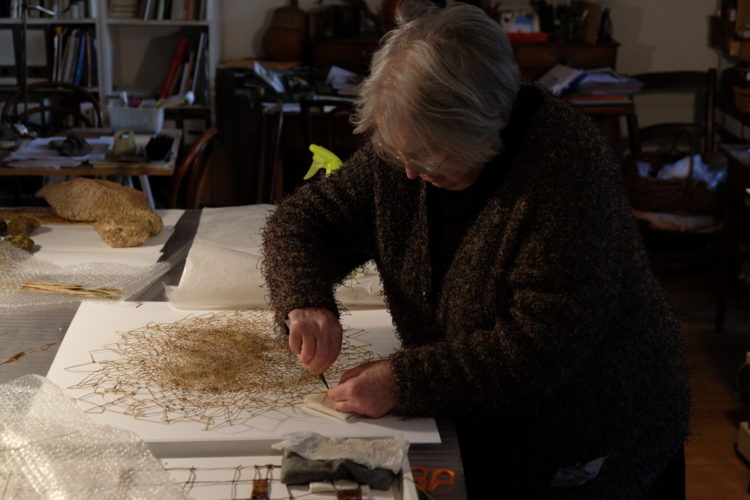
Marinette Cueco
1885 — Ukraine | 1979 — France
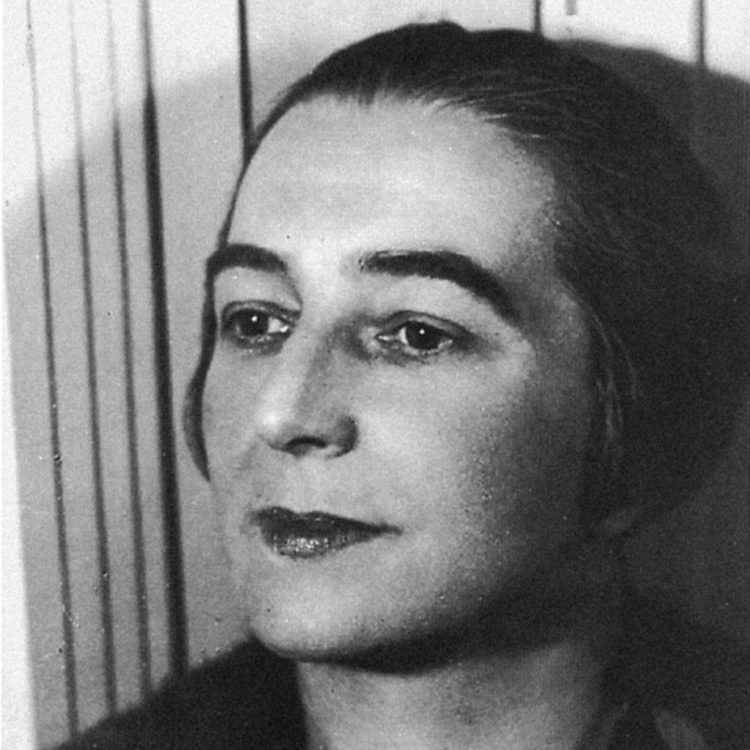
Sonia Delaunay
1924 — 2004 | Tunisia
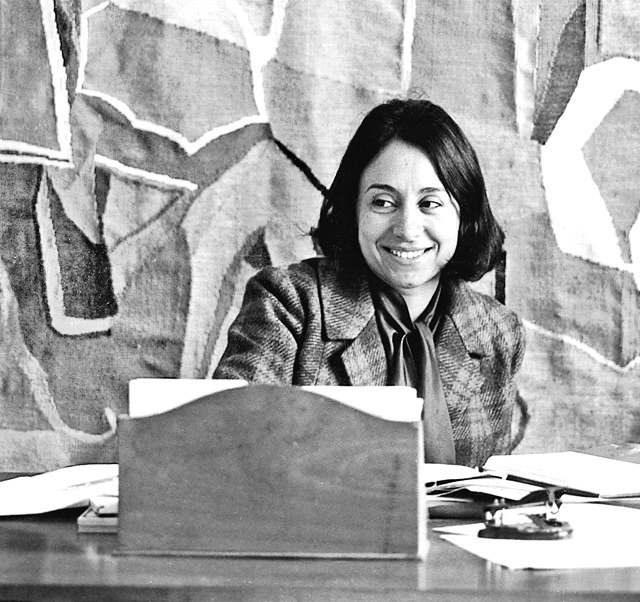
Safia Farhat
1890 — 1957 | Hungary
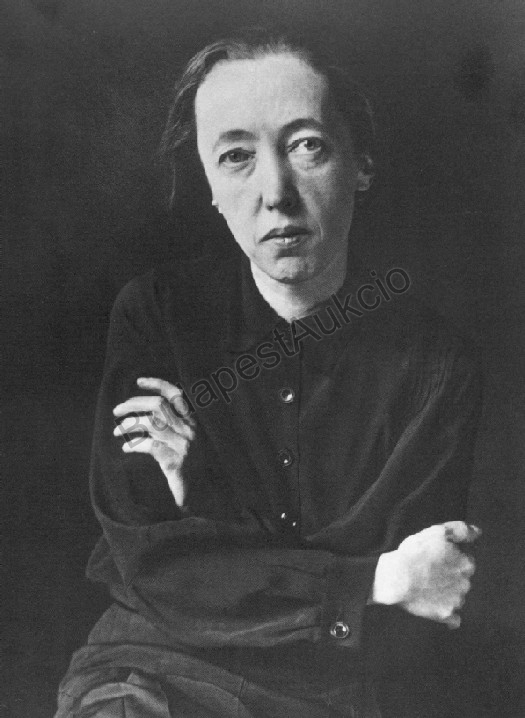
Noémi Ferenczy
1959 | Argentina
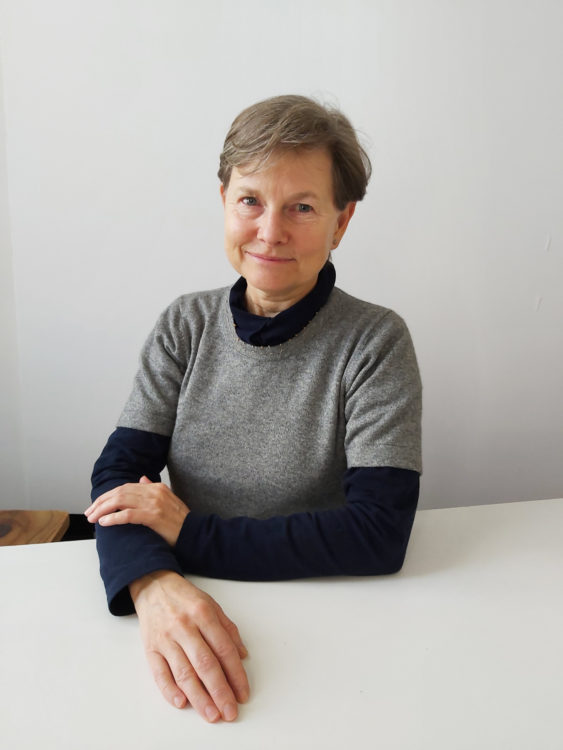
Mónica Giron
1957 | India

Sheela Gowda
1895 — Poland | 1975 — France
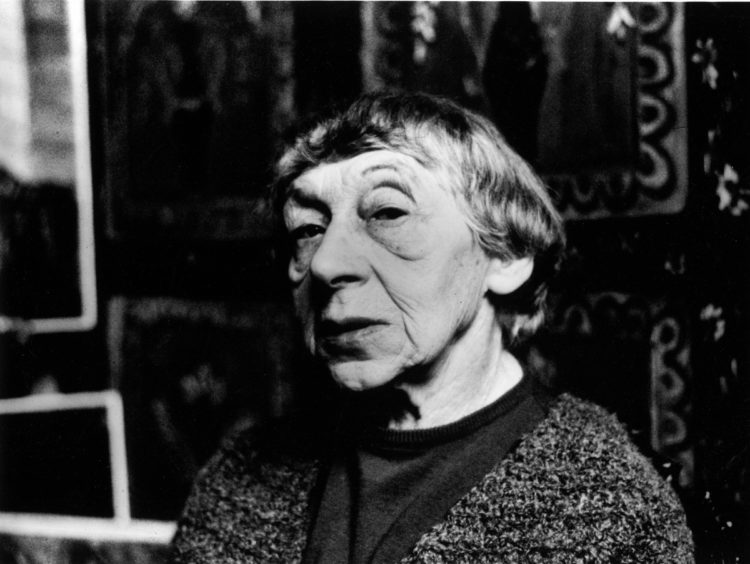
Alice Halicka
1945 | United States
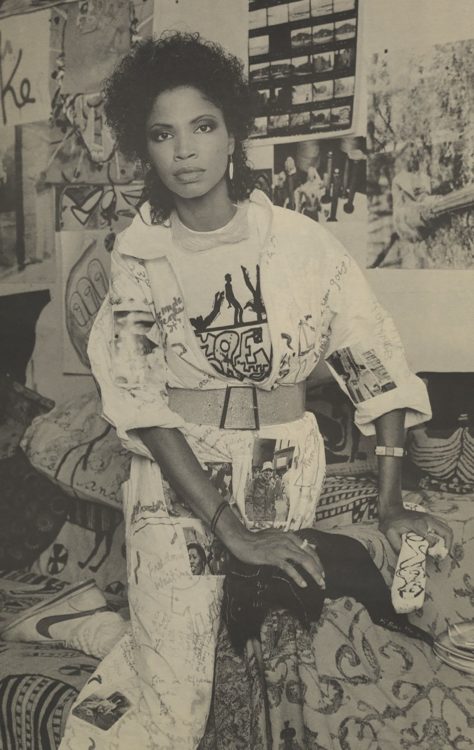
Candace Hill-Montgomery
1971 | Malaysia
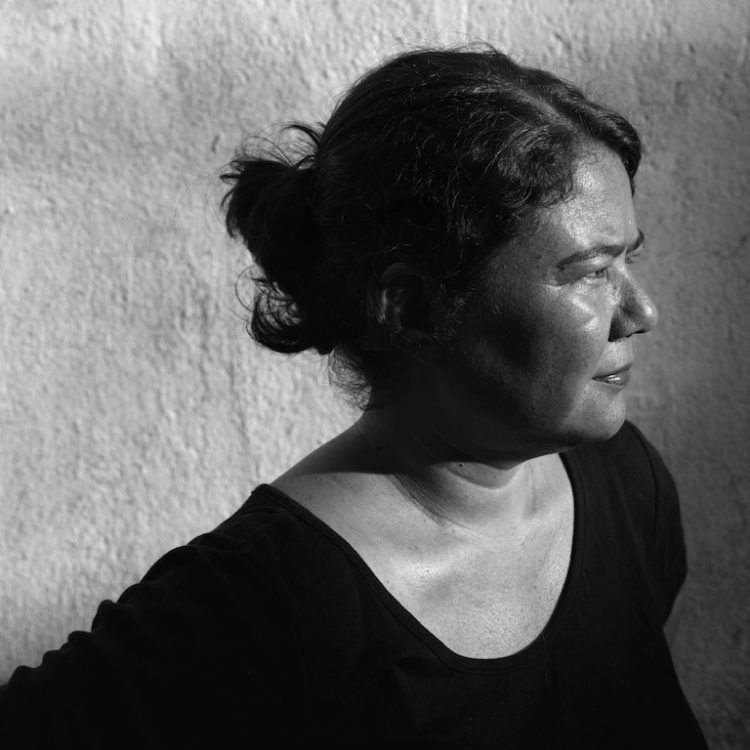
Yee I-Lann
1936 — 1997 | Nigeria

Josephine Ifueko Omigie
1889 — 1970 | Peru
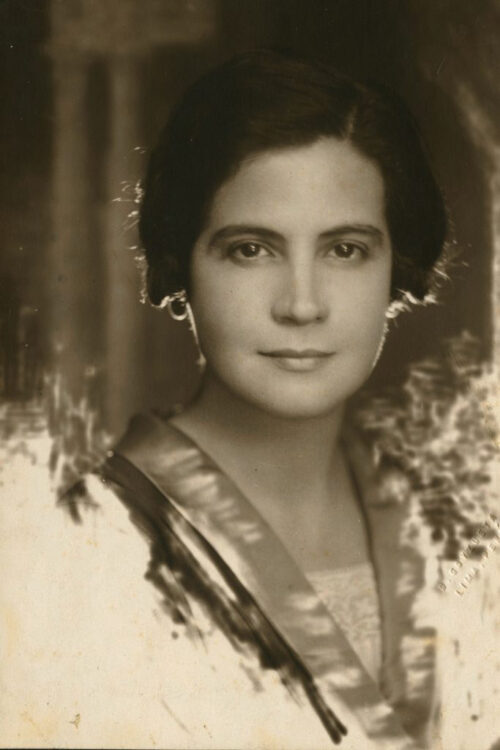
Elena Izcue
1940 | Romania
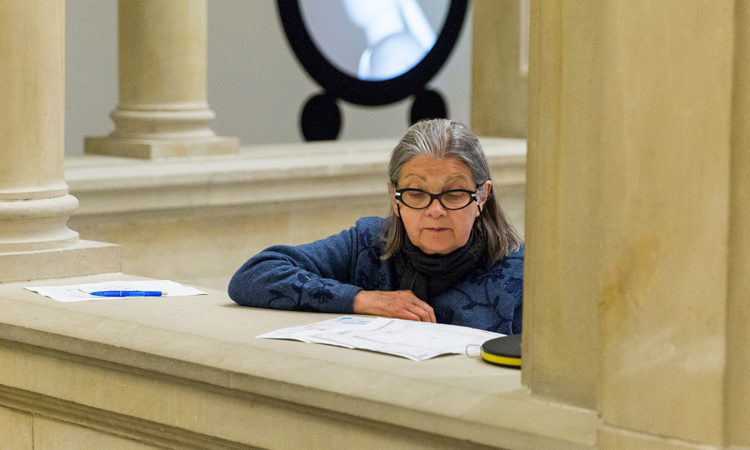
Ana Lupaș
1949 — 2015 | India
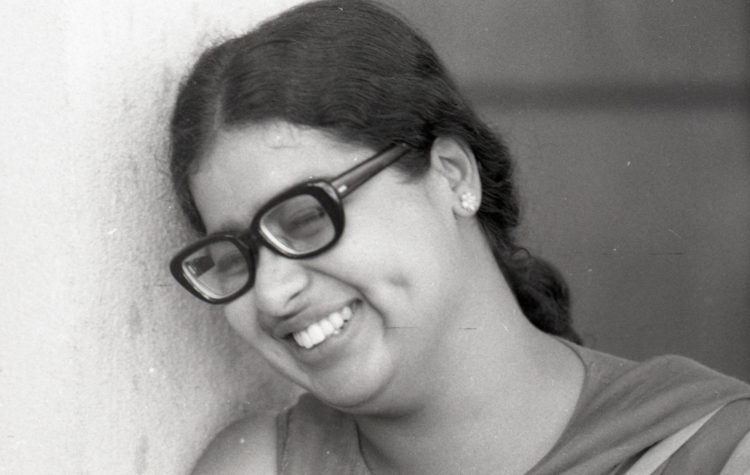
Mrinalini Mukherjee
1927 — 2004 | Brazil
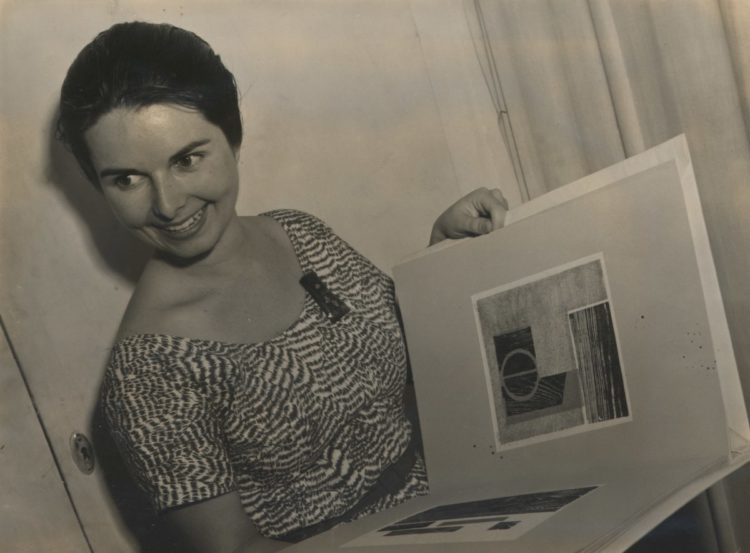
Lygia Pape
1971 | United States
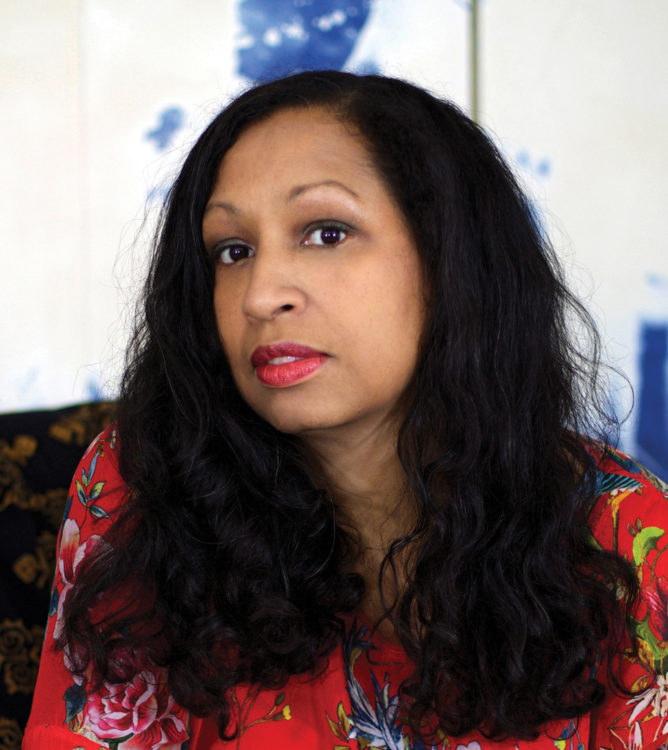
Shinique Smith
1953 — Poland | 2020 — France
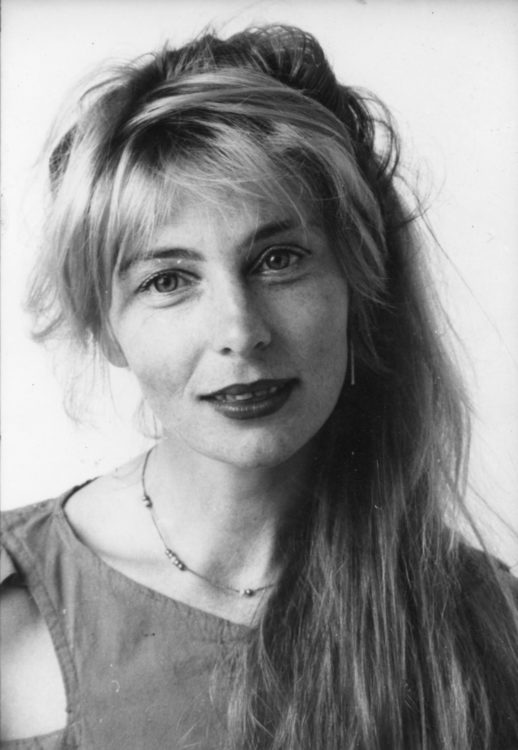
Teresa Tyszkiewicz
1876 — 1959 | Netherlands
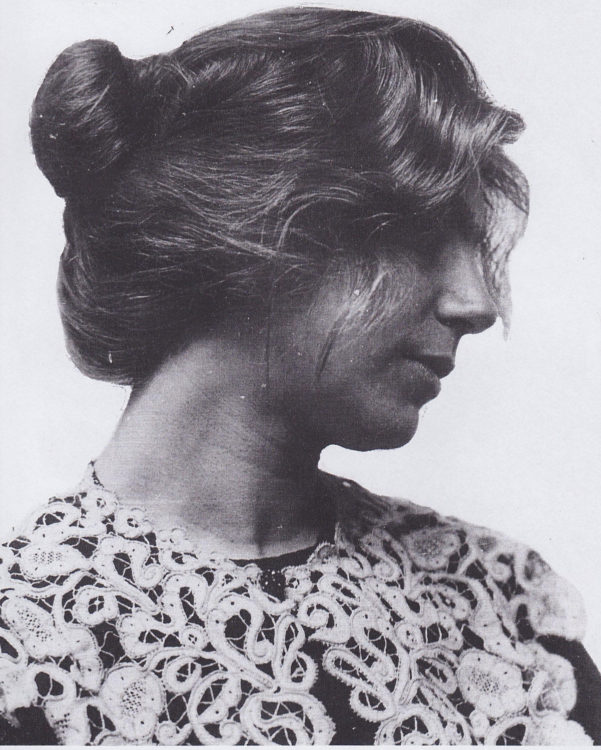
Adya Van Rees
? |
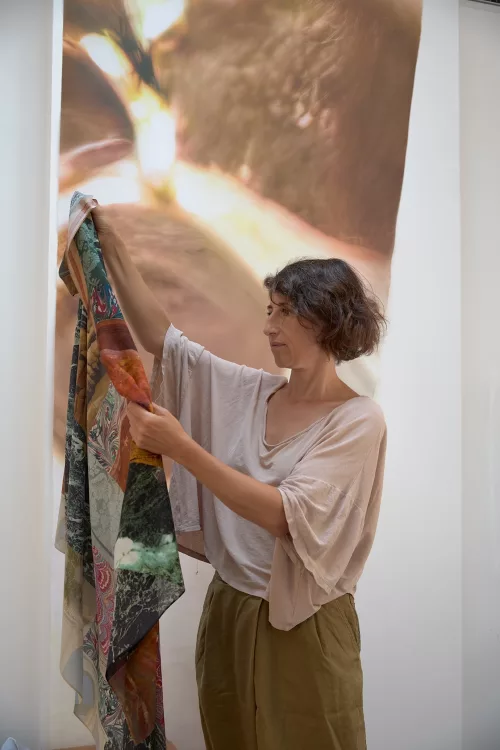
Céline Condorelli
1956 — 2020 | Madagascar
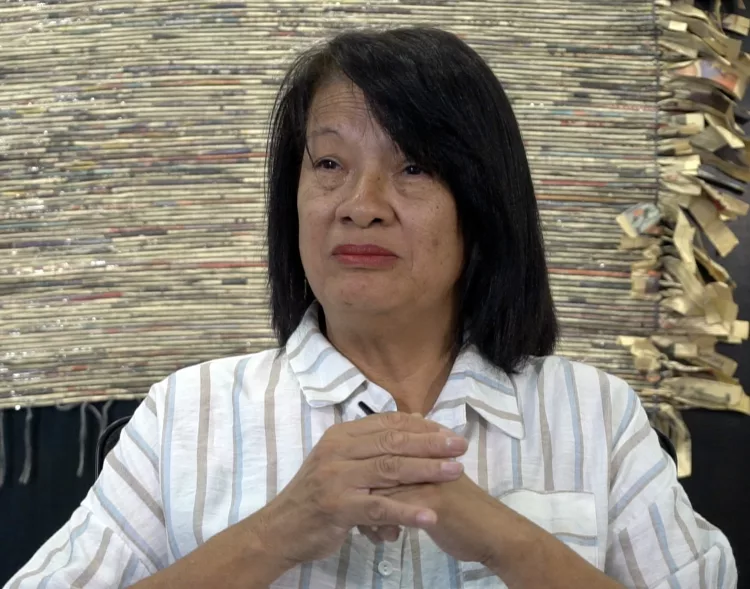
“Madame Zo” Zoarinivo Razakaratrimo
1971 | Uzbekistan
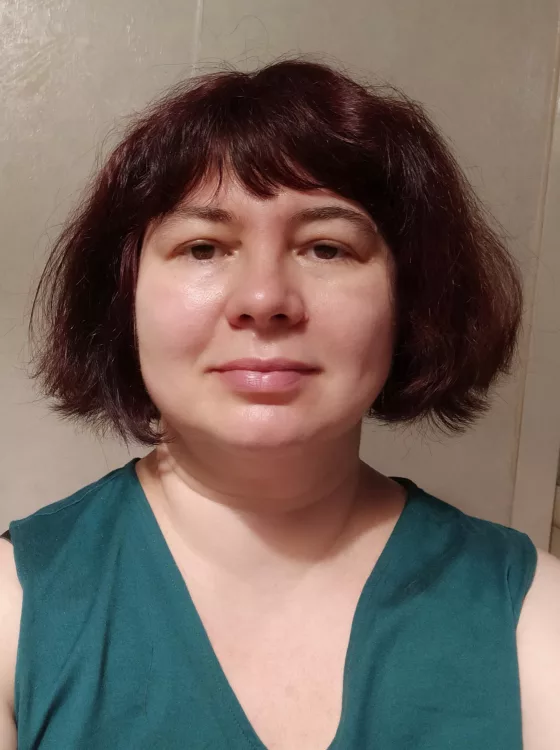
Anna Ivanova
1946 | United States
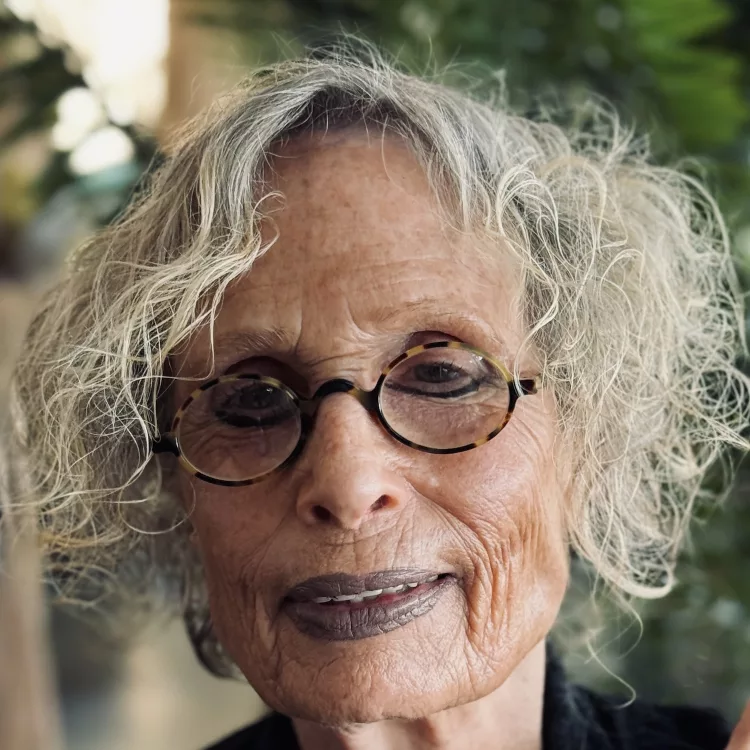
Nina Yankowitz
1974 | Guatemala
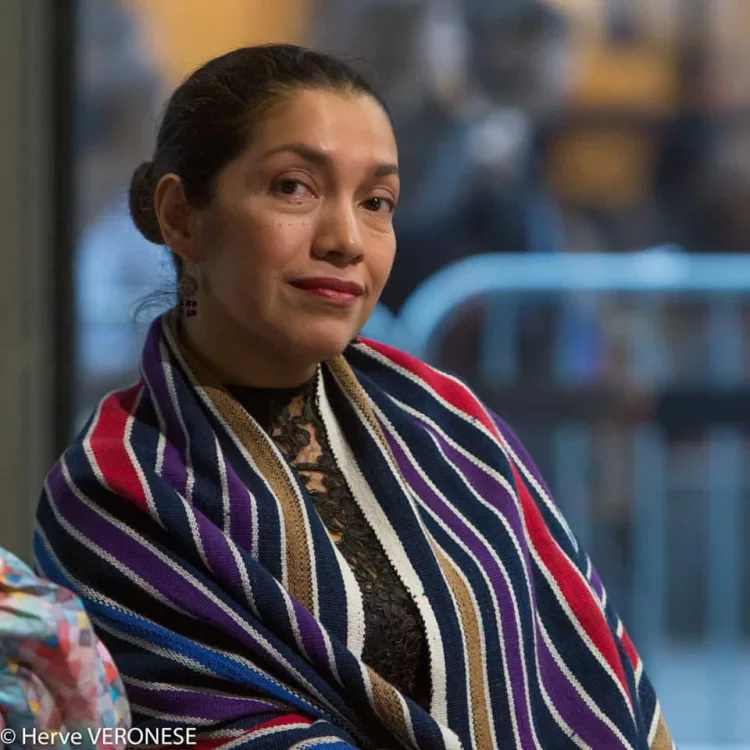
Sandra Monterroso
1847 — 1917 | Japan
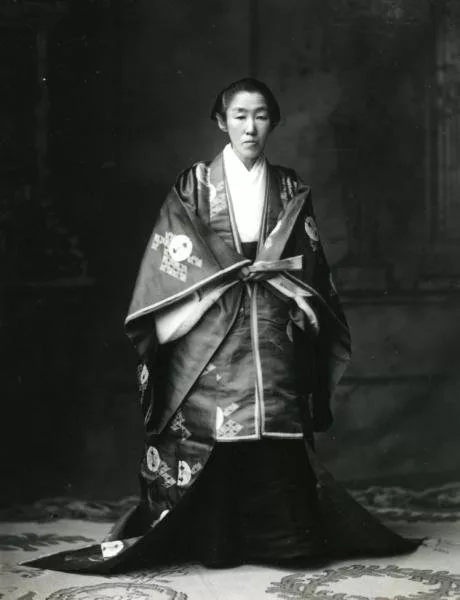
Shohin Noguchi
1909 — Hungary | 1990 — France
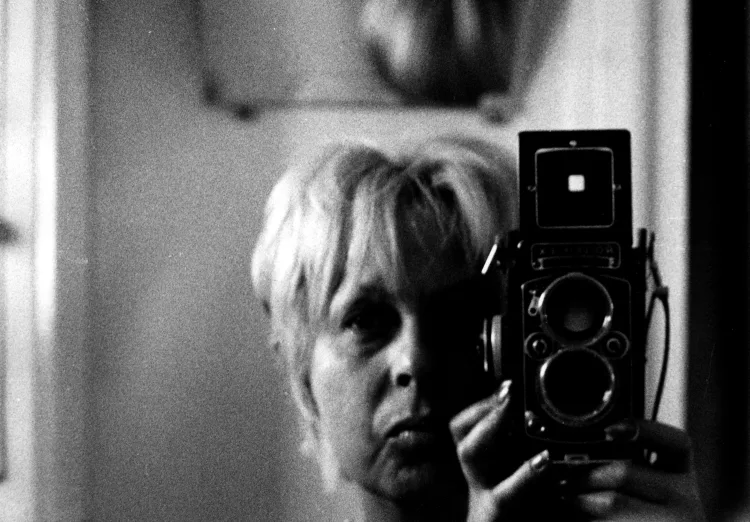
Klára Spinner, dite Claire Vasarely
1919 — Kingdom of Hungary (Czech Republic) | 1994 — France
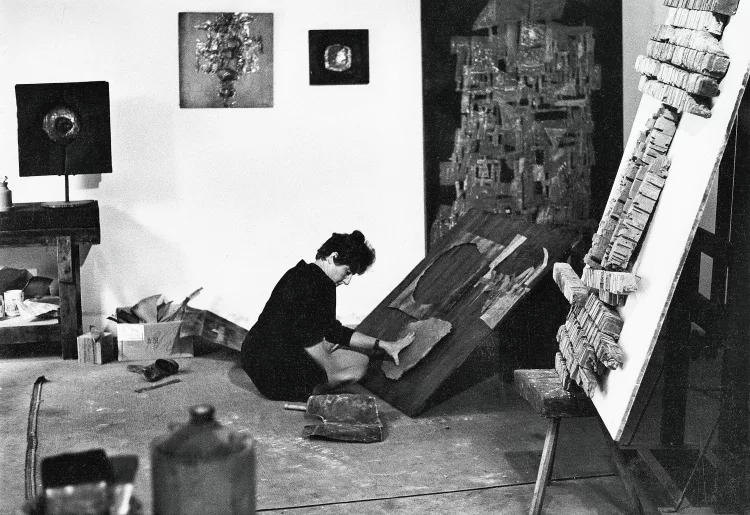
Vera Székely
1948 | Chile
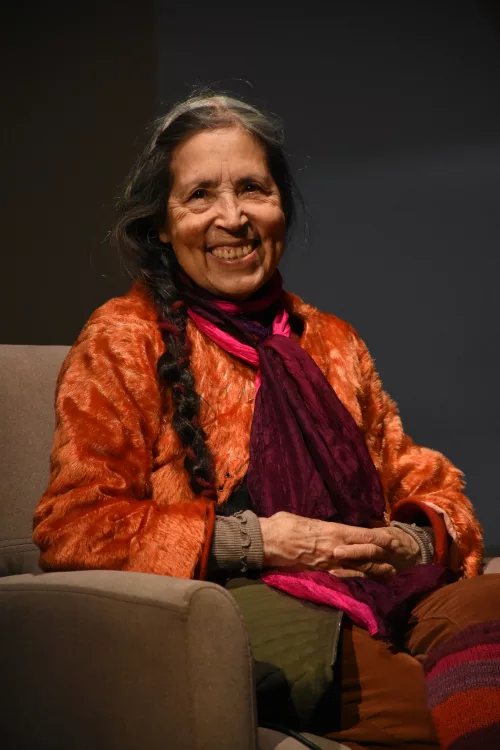
Cecilia Vicuña
1974 | Chile
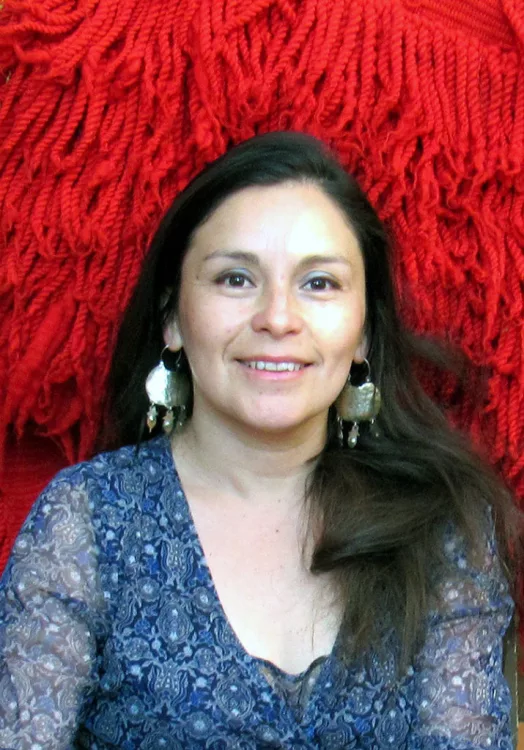
Loreto Millalén Iturriaga
1934 — 2014 | Colombia
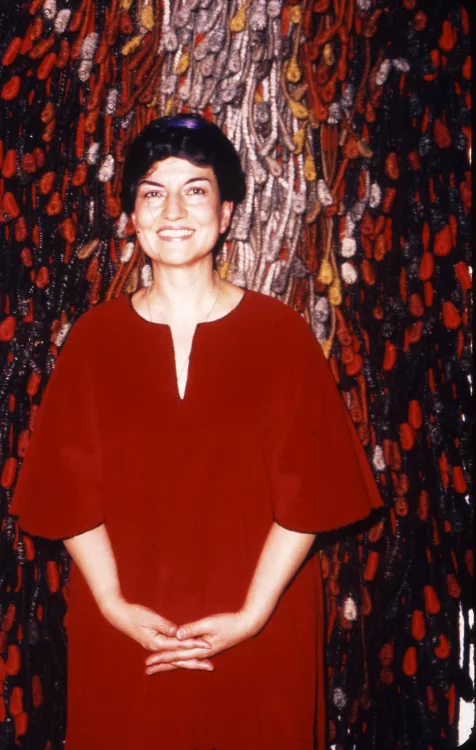
Marlene Hoffmann
1965 | Cambodia
